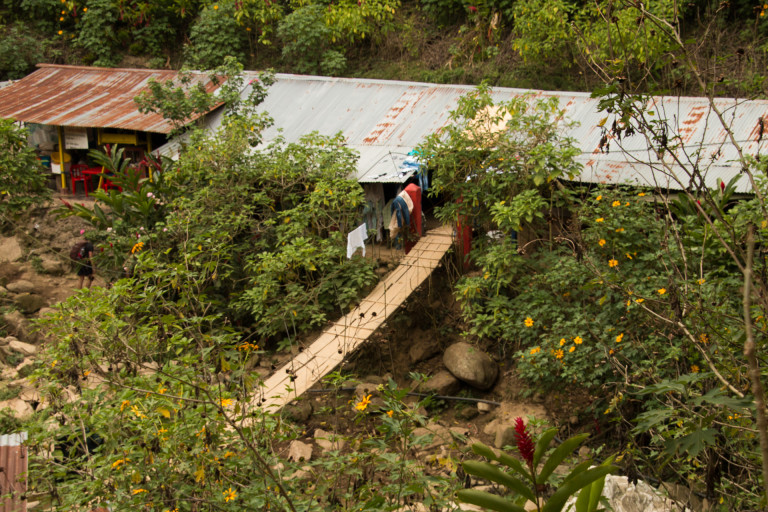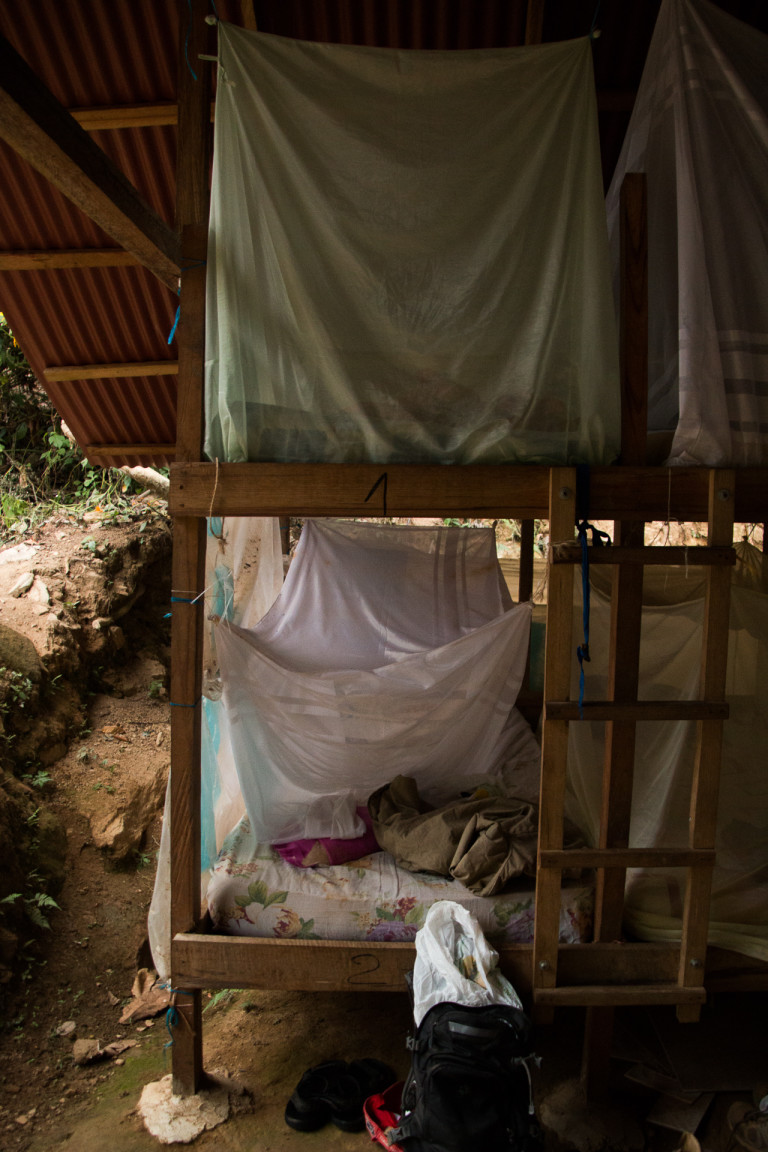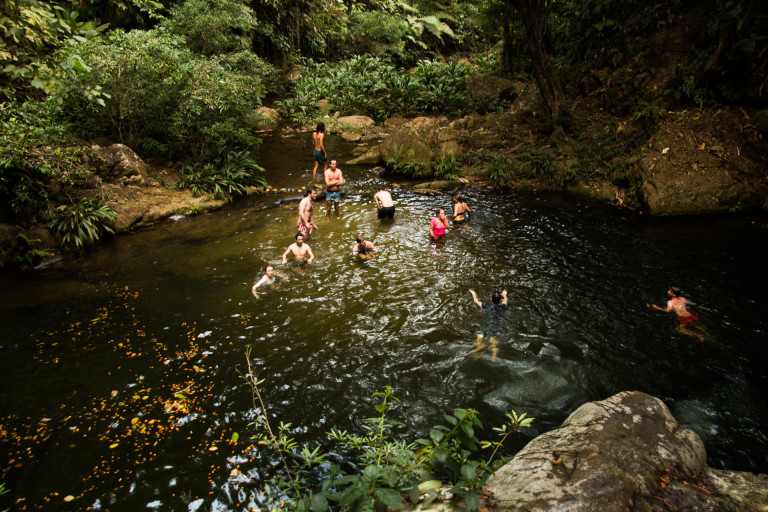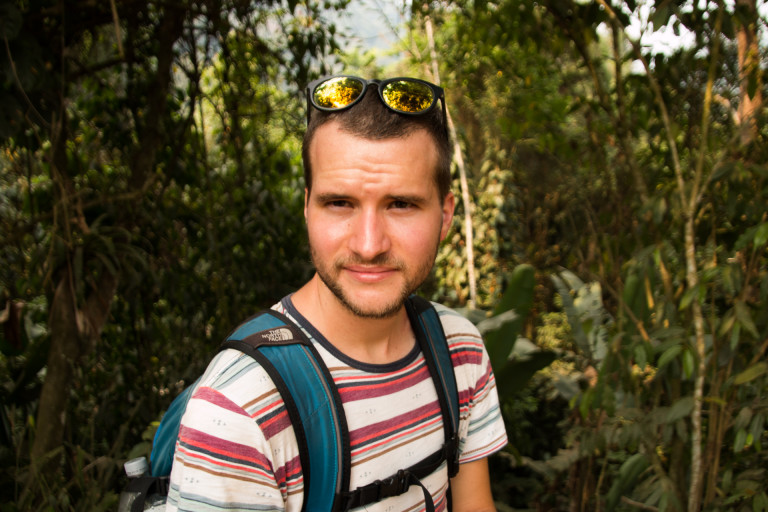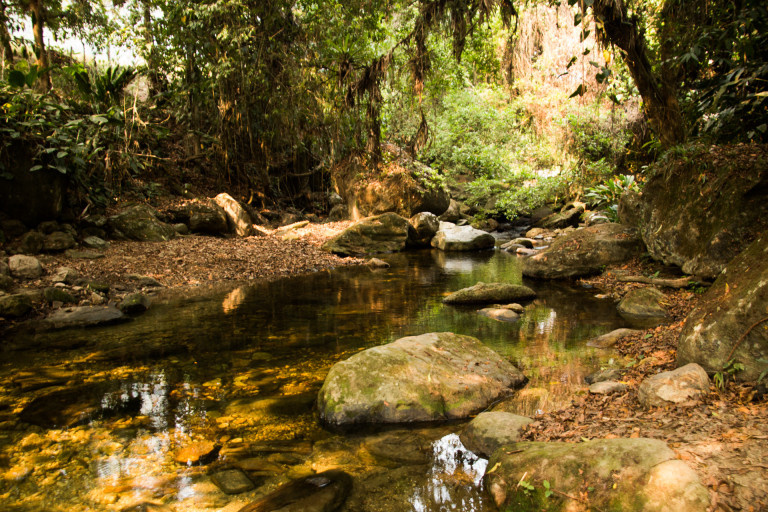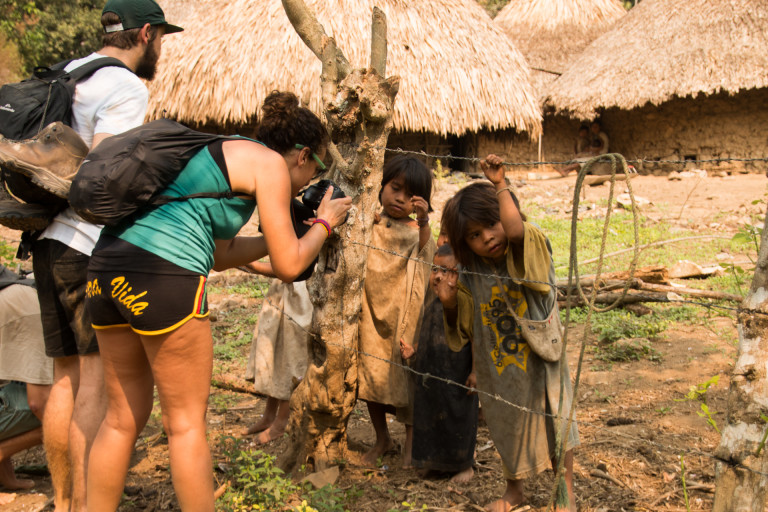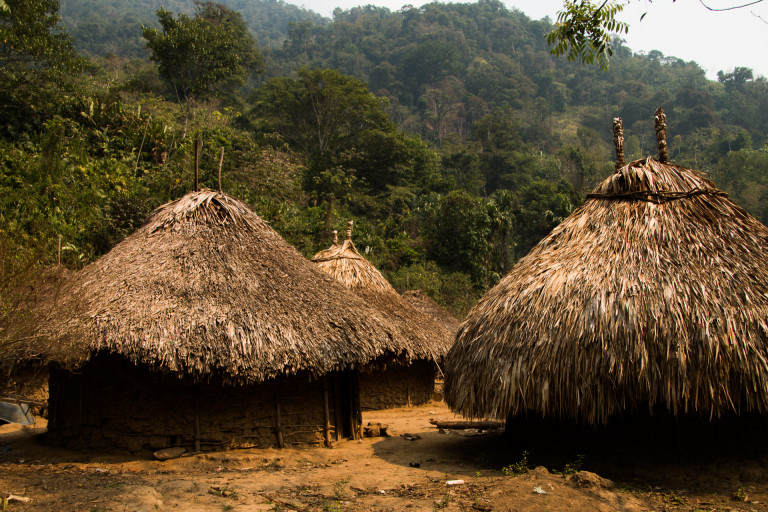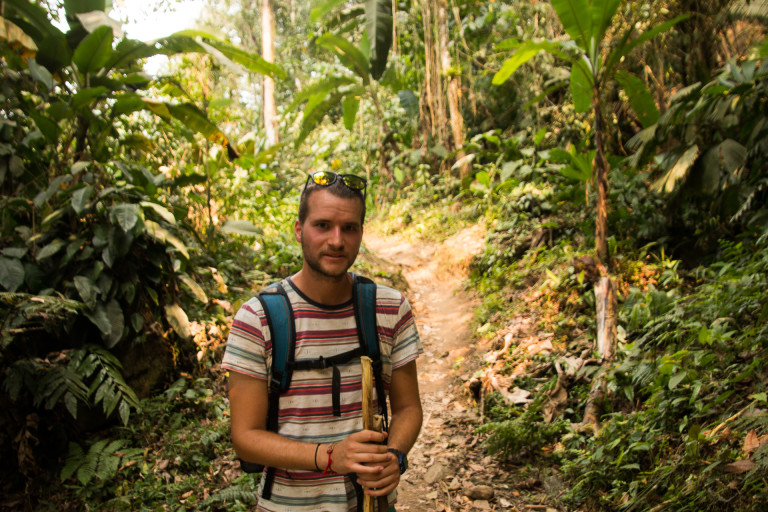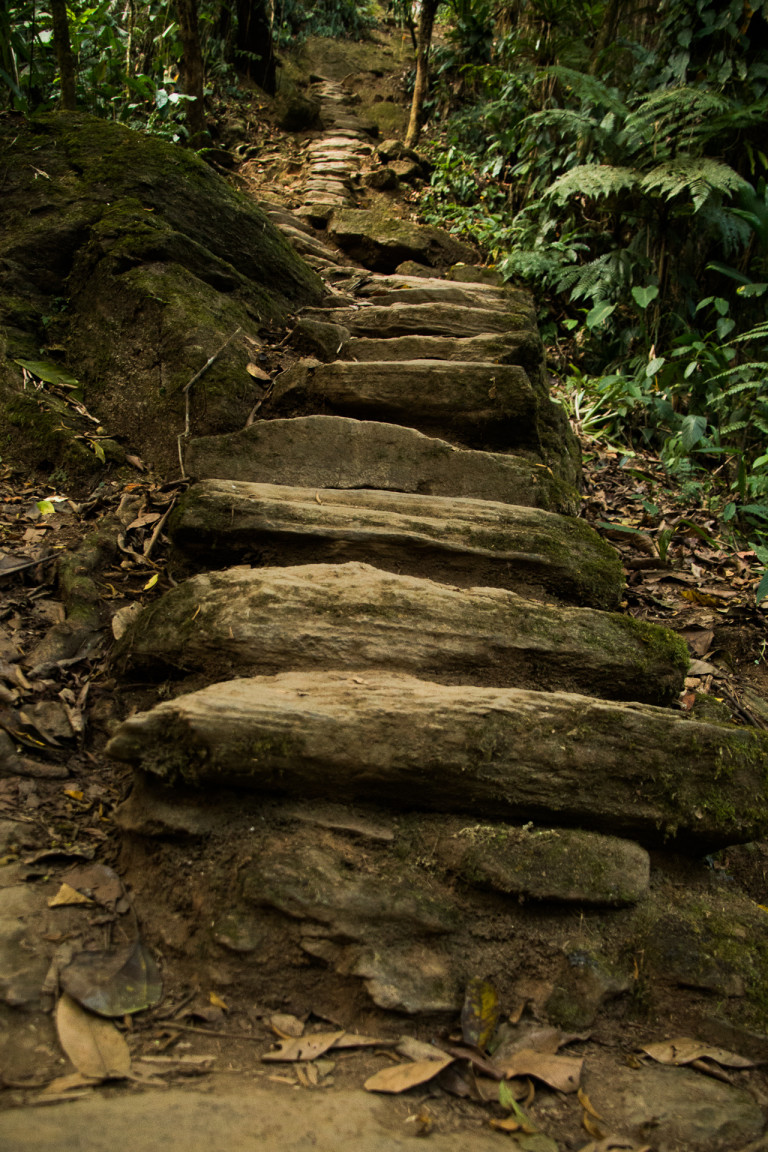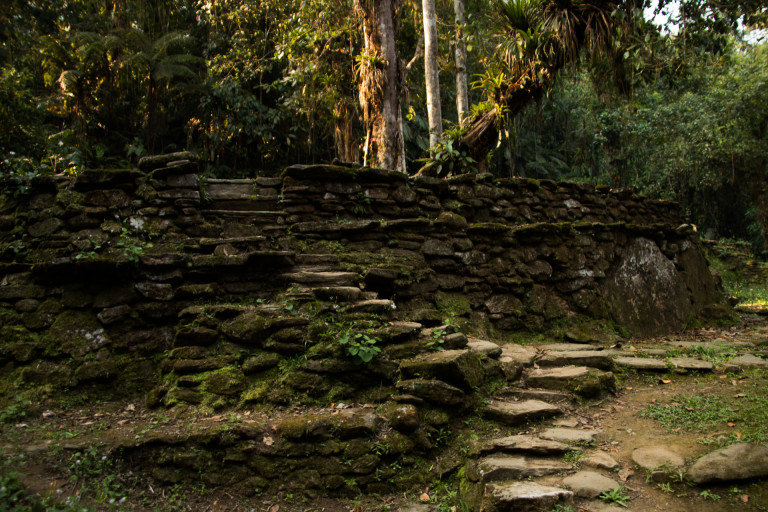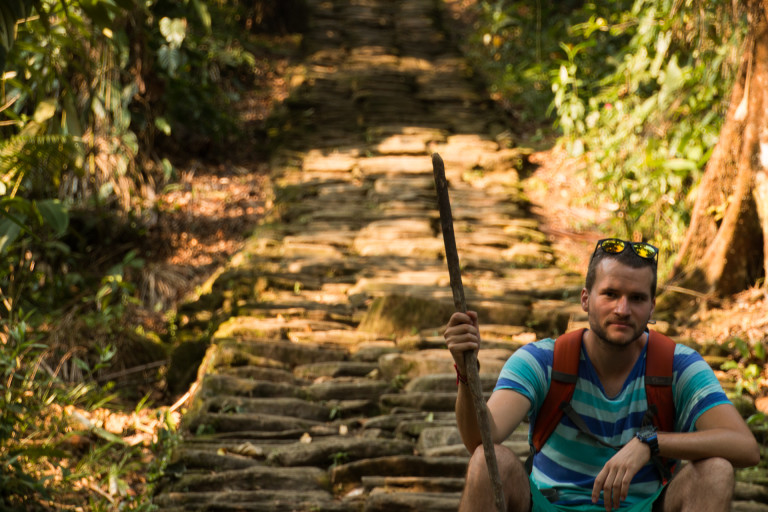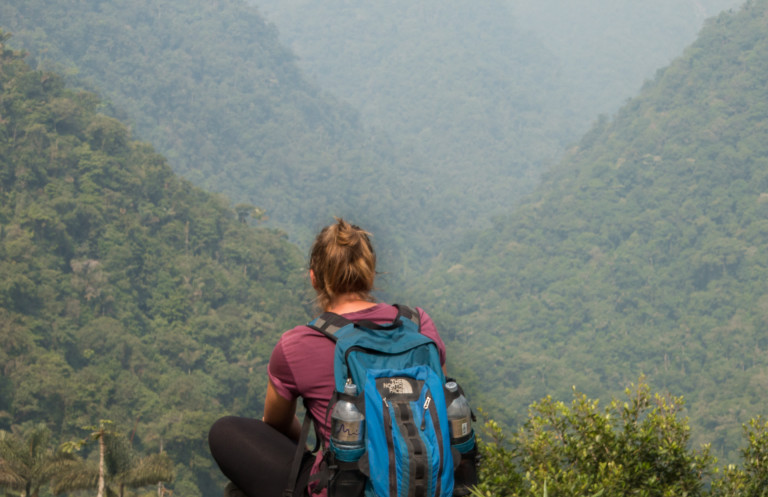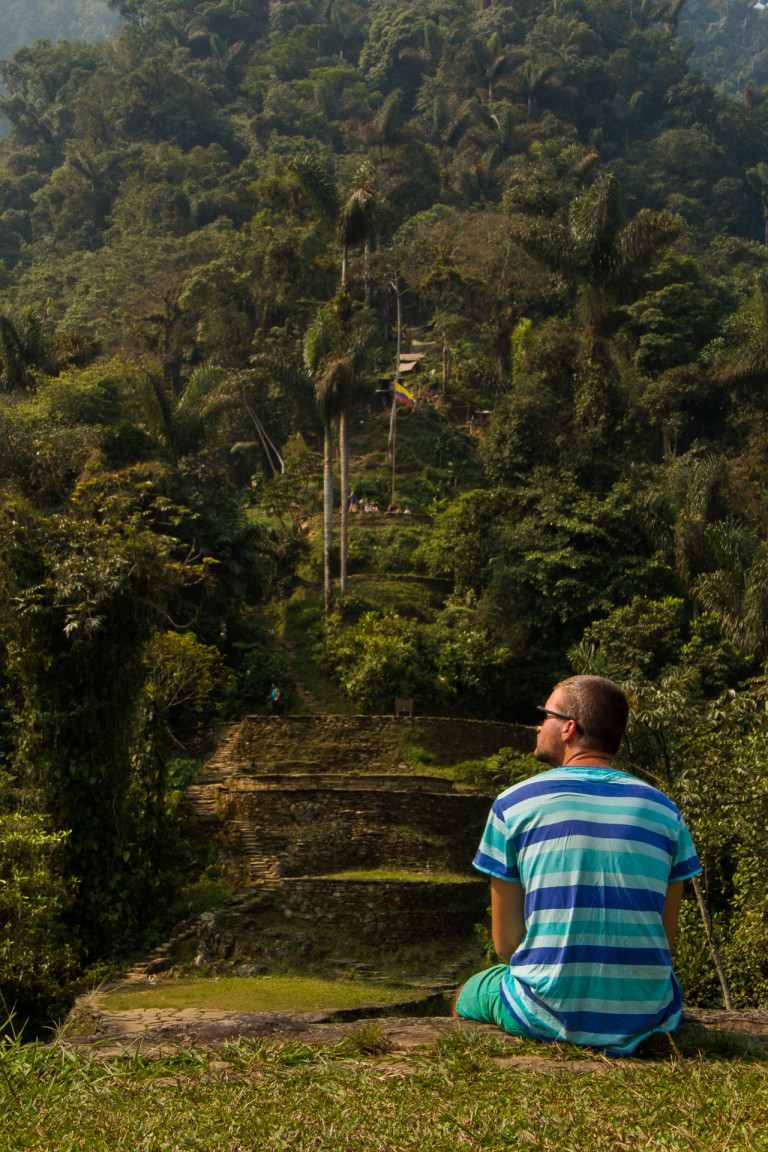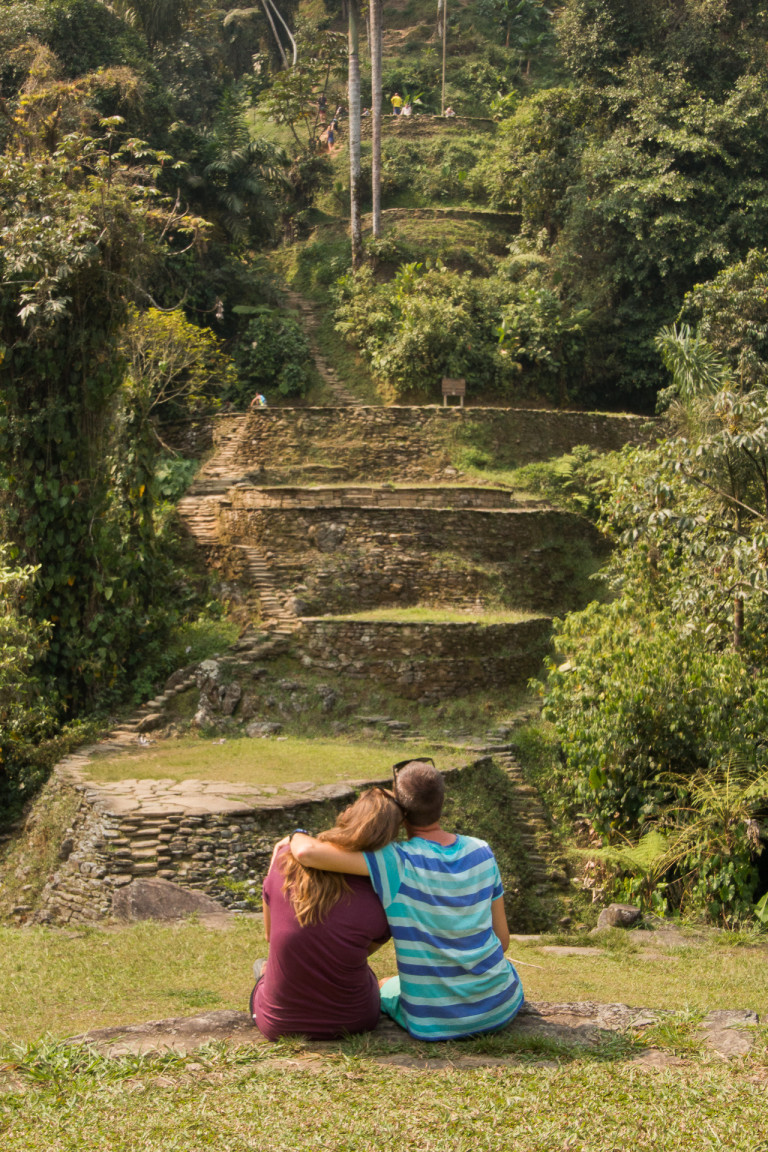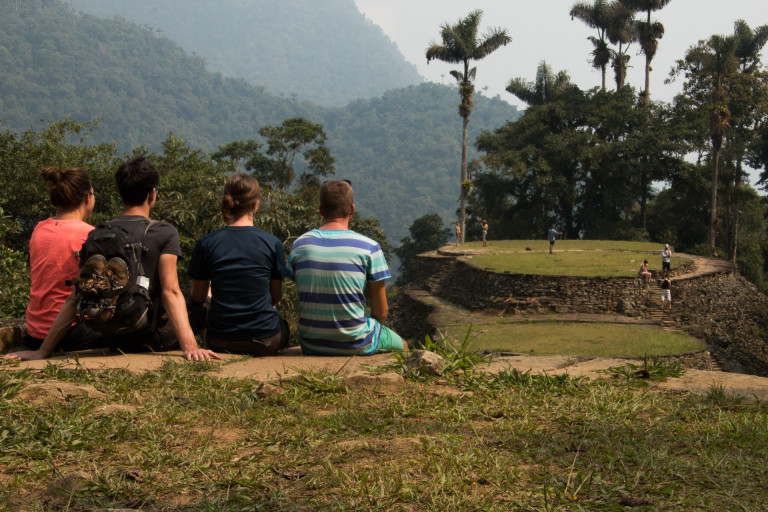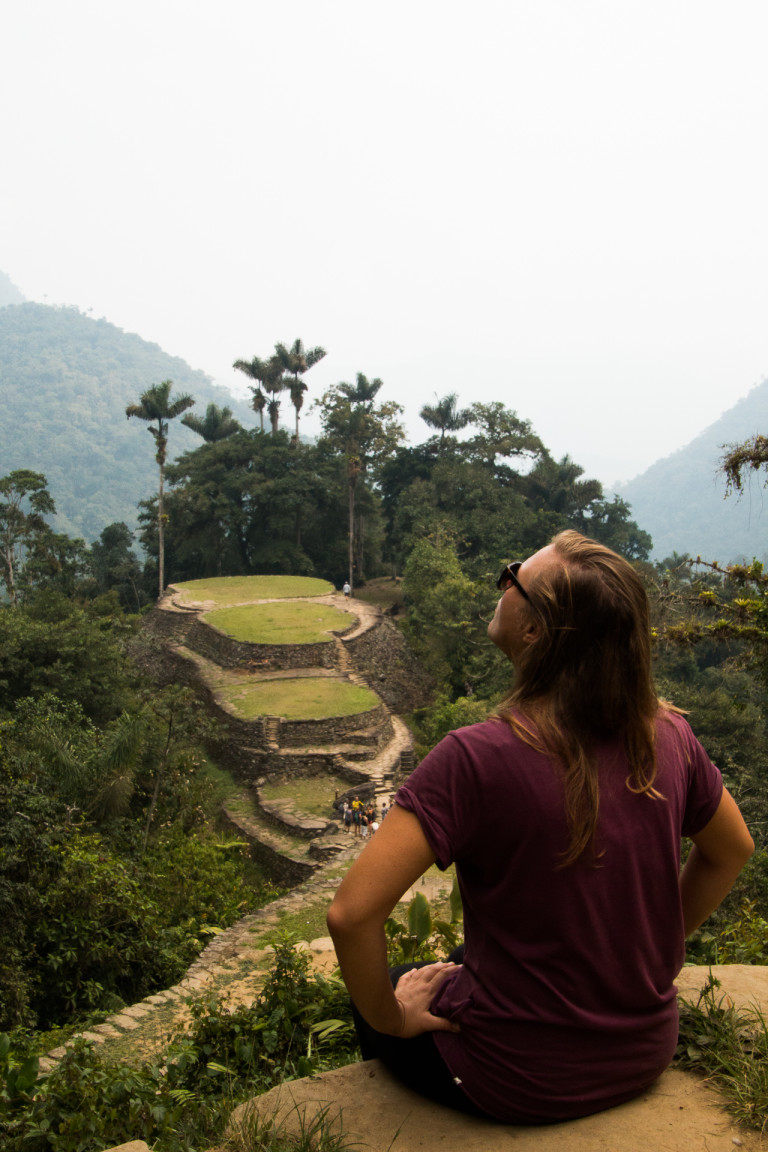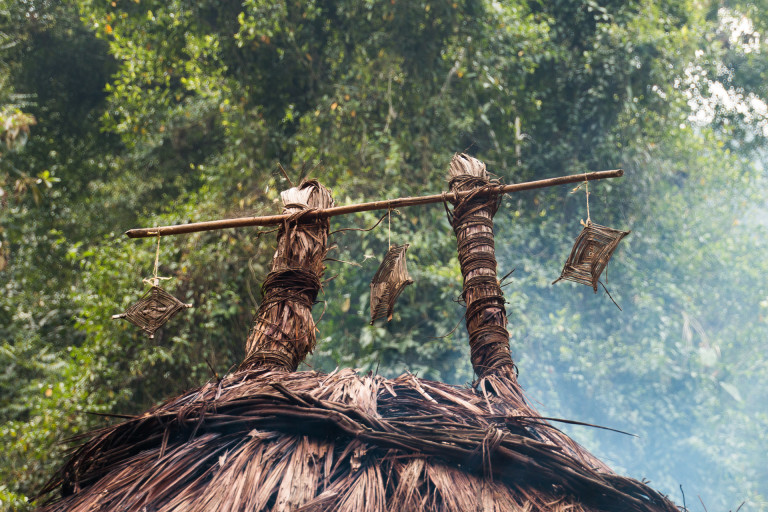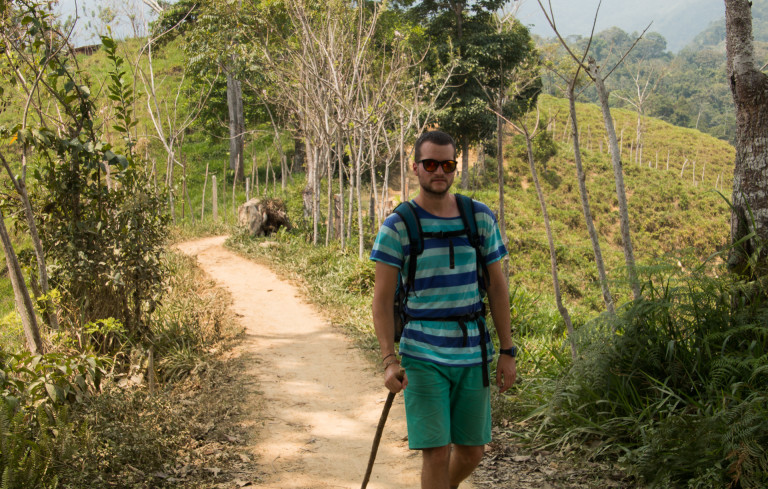With one euro being at least 3300 Colombian pesos everyone is a millionaire. But those millions fade away like in a casino in Vegas. In Colombia we spend 6686 euros for an amazing 110 day adventure. Per day that would give us 30.40 euros per person.
Where did we go?
From the amazing Caribbean islands of San Andres and Providencia to calm villages of the coffee region. From the salsa vibe in Cali to the excruciating hike to the Lost City of the Tayrona. And of course we also went to Bogota and the villages surrounding it including San Gil where JD tried some paragliding.
How did we travel?
To San Andres we obviously flew, to get to Providencia we took a boat but to go back we were forced to fly as a cargo boat sunk and no one wanted to risk it. On the main land we either took a bus or plane (in many long distance trips flying was cheaper than the bus check out Viva Colombia). In the big cities we got fancy with really cheap and handy Uber. Overal on the transport we spend 1060 euros.
Examples: return flight from Medellin to San Andres for both of us with luggage (Viva Colombia) was 719 960 COP so 210 euros.
Uber fare in Medellin: 4000-8000 COP so around 1.15-2.30 euros (depending on the distance and traffic)
Overnight bus from San Gil to Medellin was 140 000 COP so around 40 euros for the two of us.
Where did we stay?
On accomodation we spend 2130 euros sleeping 65 nights in dorms from which 2 weeks for free as we were volunteering in a hostel. One week during Christmas we rented a whole apartment in Medellin and the rest of the nights we stayed in private rooms in hostels or in airbnbs.
A bed in a dorm was around 9 euros except on Providencia where there was only one hostel and a bed in a dorm costed around 13 euros (when booked in advance). Private rooms were usually starting at around 20 euros.
What did we eat?
We mostly kept our habit of cooking at the hostels so a lot of vegetables, oven dishes, pastas, all fresh and delicious and way cheaper. But in some places like on San Andres and Providencia we didn't have a kitchen so we had to eat out. Tough life eating lobster and crab for almost no money at all but we managed (detailed budget about the islands). We also had to cool ourselves with some ice cream quite often and then bring back the temperature with some delicious coffee. In total we spend 756 euros on eating out.
How expensive are museums, tours etc?
On tourism we spent 1274 euros including entrances to museums, boat renting in Guatape, paragliding, trek to the Lost City and a few cinema dates (top tourist destination)
Examples: trek to the Lost City- set price of 200 000 COP so around 205 euros per person
Gold museum entrance: 3000 COP so under a euro
Cinema: around 1 euro depending on the time of the week
What else did we spend our pesitos on?
Medication, books, wool for my crochet, haircut etc. All that and more for only 140 euros.
We also spend 133 euros on "equipment" so clothes, a towel, sunglasses, underwater masks etc.
Our tips to save money in Colombia:
- Cooking on your own is the best way to save money. It’s healthier, often more delicious and almost always cheaper
- If you don’t want to use public transport in big cities in Colombia, use Uber! It’s easy, fast and very safe. And it’s not very expensive especially if you travel with the 2 of you or more
- Volunteer! We did that and it not only saved us some money but it gave us the opportunity to meet incredible people and stay longer in places. We used workaway to volunteer in the coffee region
- If you speak fluent spanish consider volunteering as a translator on the tours, they often need someone to translate to english. We used that for a discount to the Lost City Trek
- Try to go off season so not in December-February and not in July-August
P.S. Exchange rate used for the overal budget 1 COP= 0.00028 EURO
If you have any questions or you would like to take a look at our spreadsheet, let us know:)
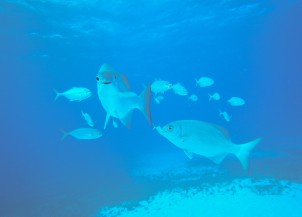
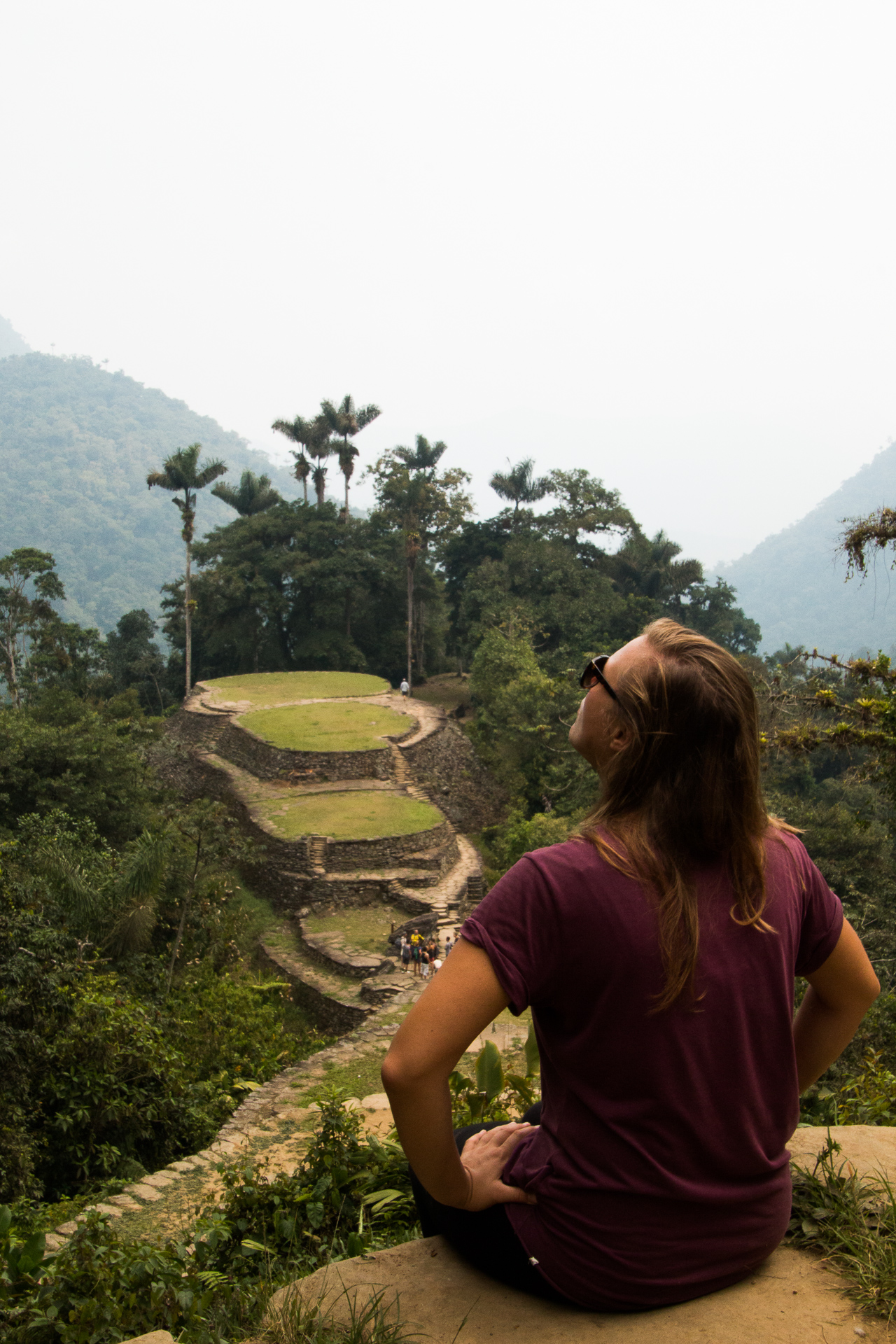

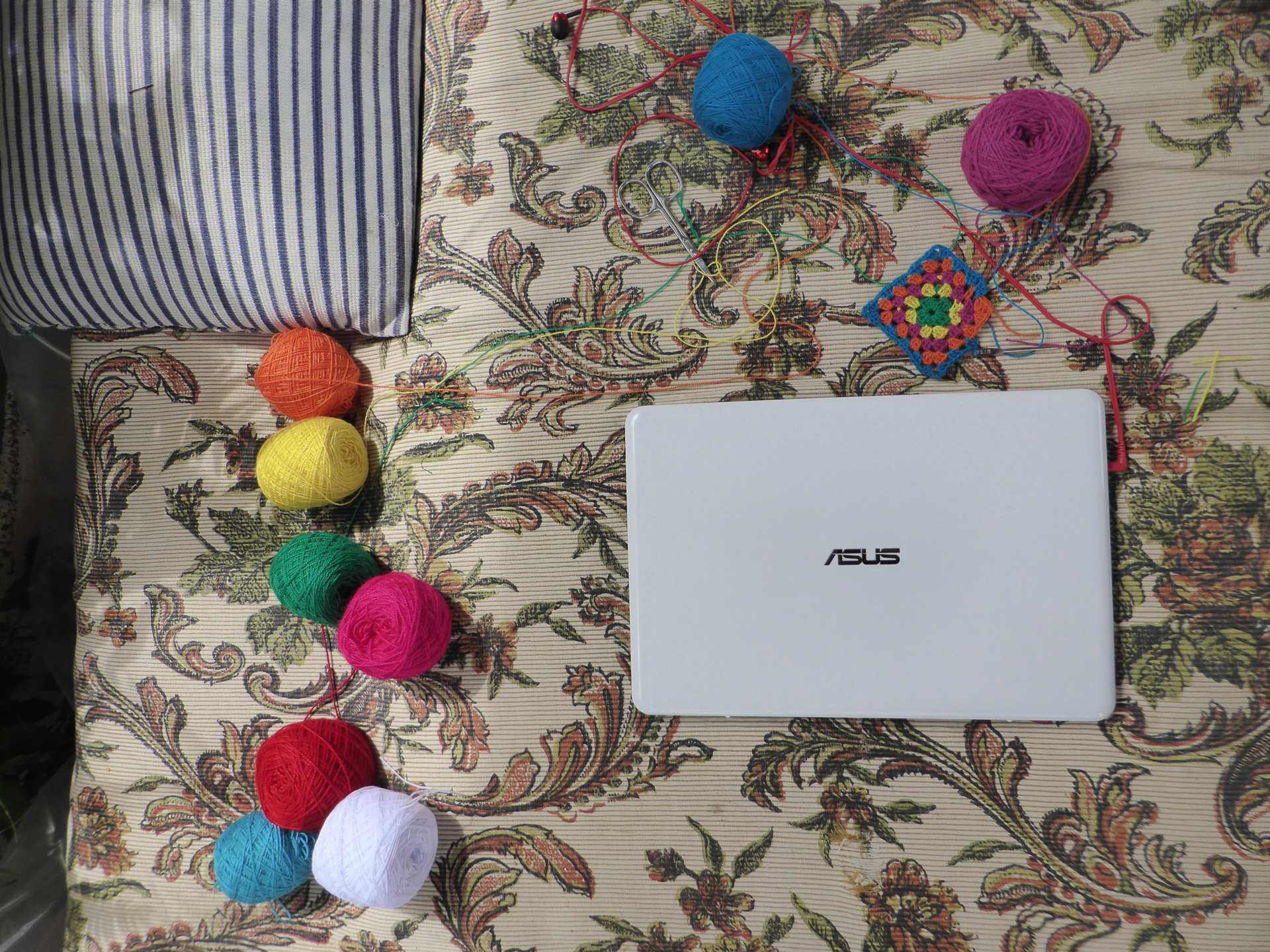
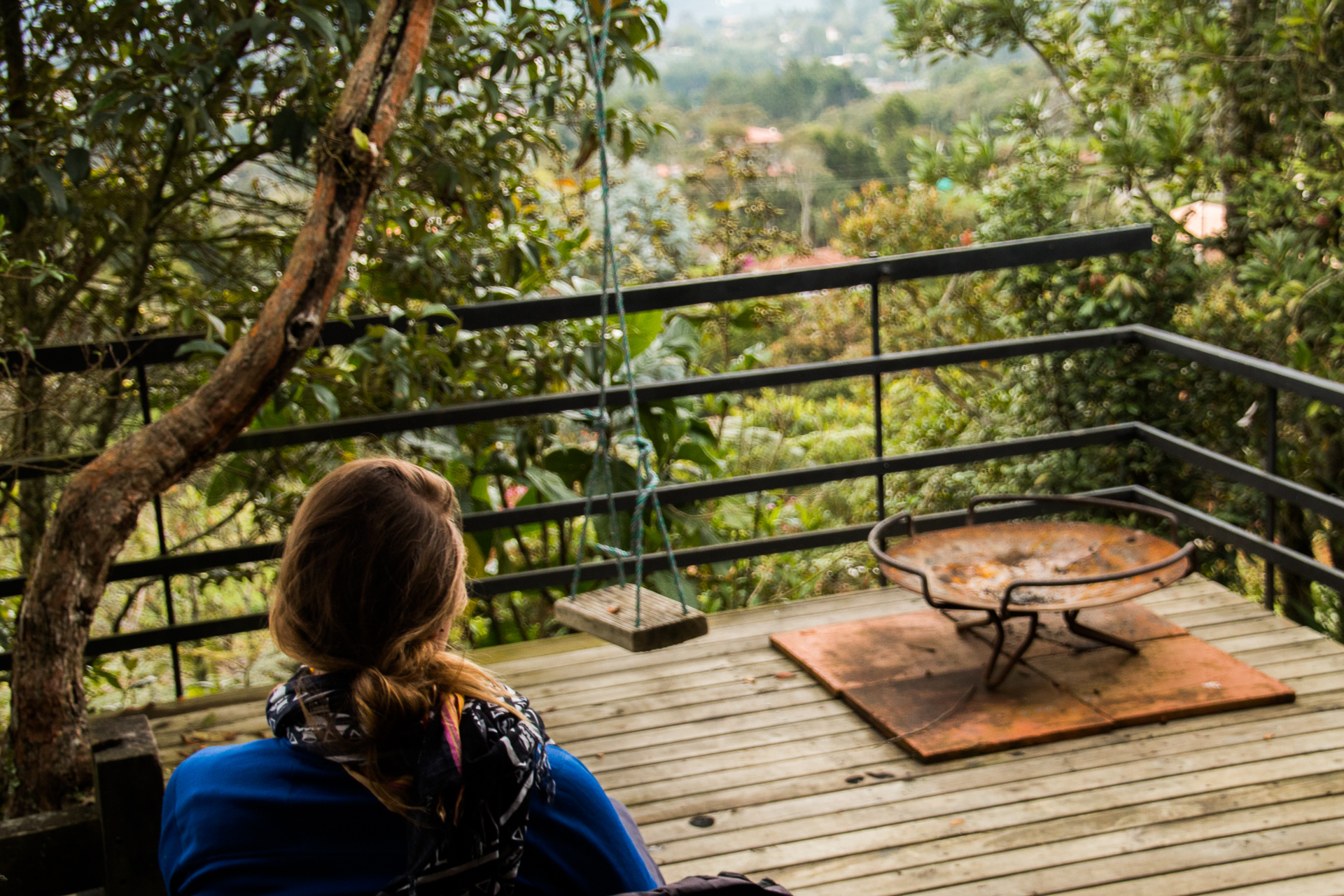
 I think we were ready to leave the chaos, dirt and noise. At least for a while. We actually didn’t wait for our flight to do that, for the last couple of days we stayed in the middle of absolute nowhere an hour from Medellin. Santa Elena was a sleepy, green village in the forest. It was a different world. We stayed in a portable house which was just spectacular! Just us, nature and weird bugs. Perfect scenery to contemplate our journey and the new chapter ahead of us.
I think we were ready to leave the chaos, dirt and noise. At least for a while. We actually didn’t wait for our flight to do that, for the last couple of days we stayed in the middle of absolute nowhere an hour from Medellin. Santa Elena was a sleepy, green village in the forest. It was a different world. We stayed in a portable house which was just spectacular! Just us, nature and weird bugs. Perfect scenery to contemplate our journey and the new chapter ahead of us. at bananas 100 ways with rice. And there was no corn either. Just croissants, bread, ham, cheese, fruit and veg all of it was our dream coming true. After a nice dinner we could even flush the toilet paper. Only the prices were less of an excitement. The pearls of Gaudi’s architecture have reached just outrageous prices, unfinished Sagrada Familia costs 15 euros if you don’t want the view from the towers if you do 30… Batllo
at bananas 100 ways with rice. And there was no corn either. Just croissants, bread, ham, cheese, fruit and veg all of it was our dream coming true. After a nice dinner we could even flush the toilet paper. Only the prices were less of an excitement. The pearls of Gaudi’s architecture have reached just outrageous prices, unfinished Sagrada Familia costs 15 euros if you don’t want the view from the towers if you do 30… Batllo
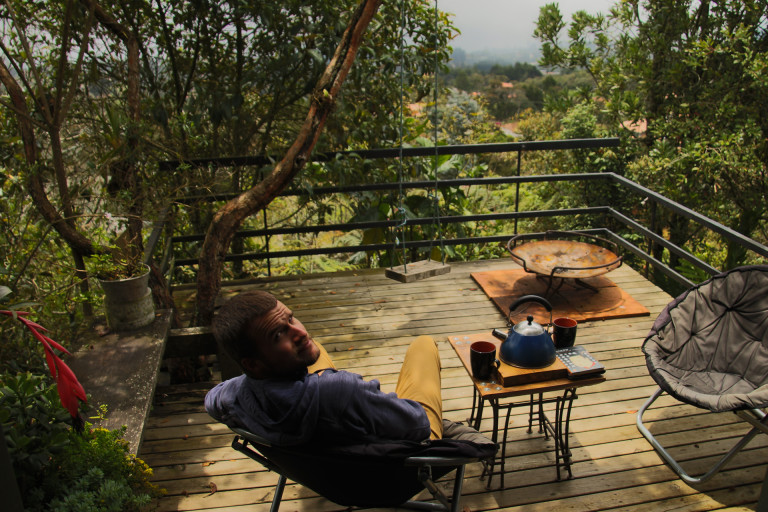
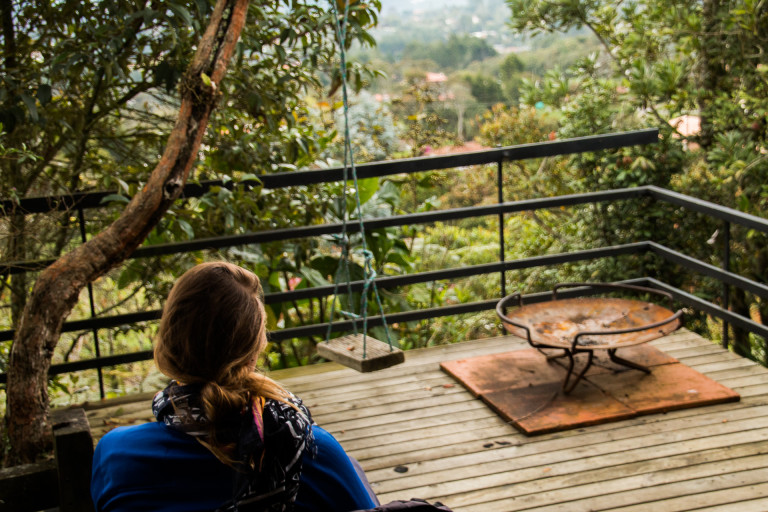
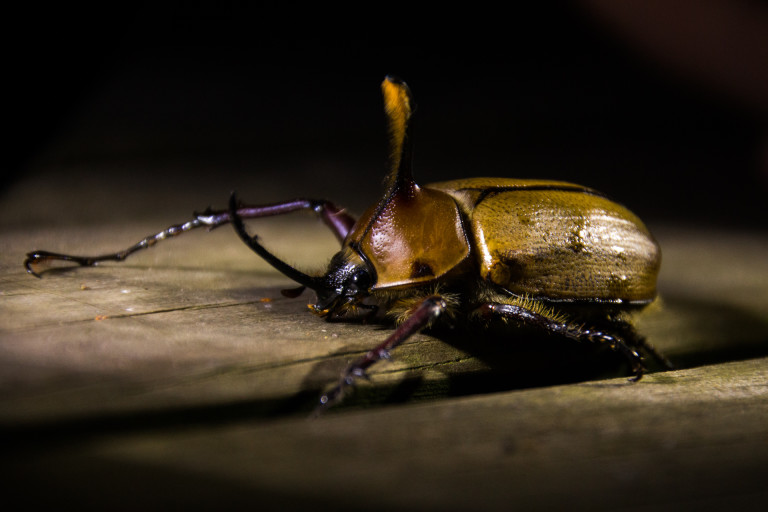
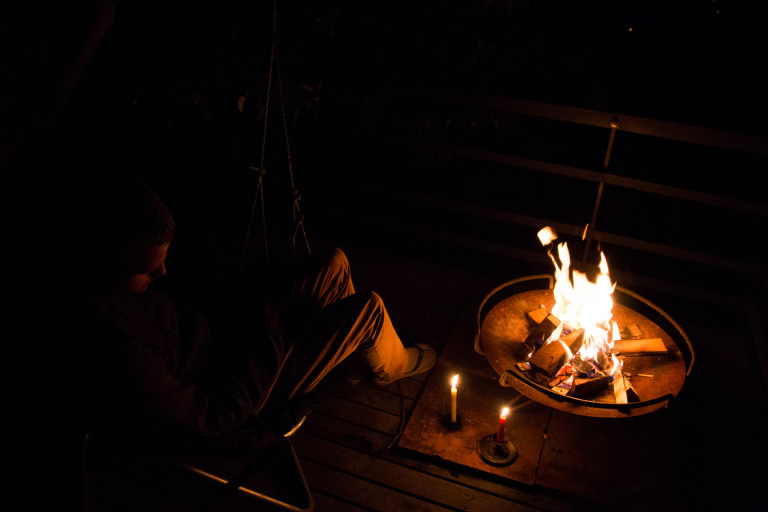
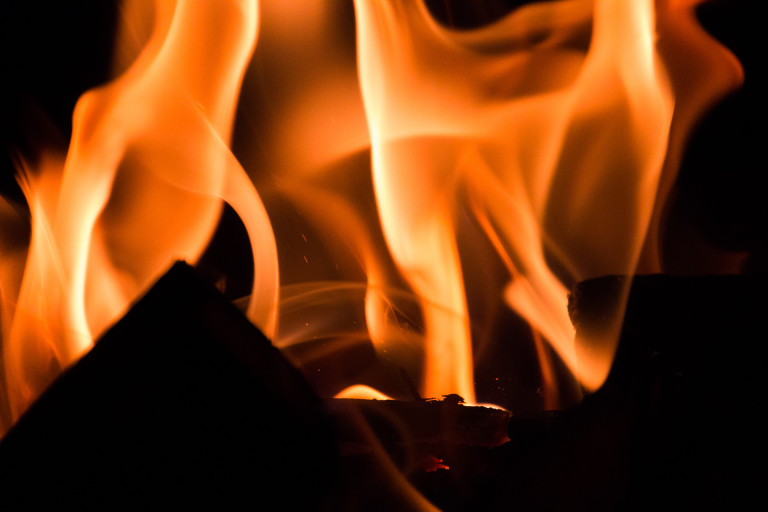
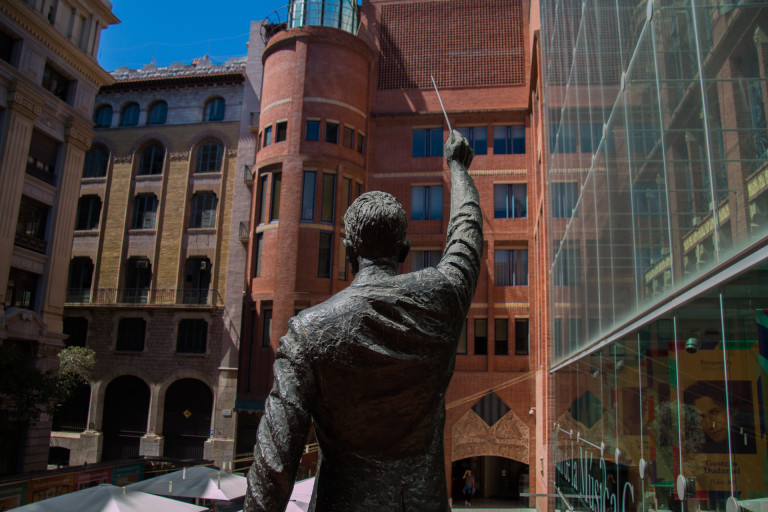
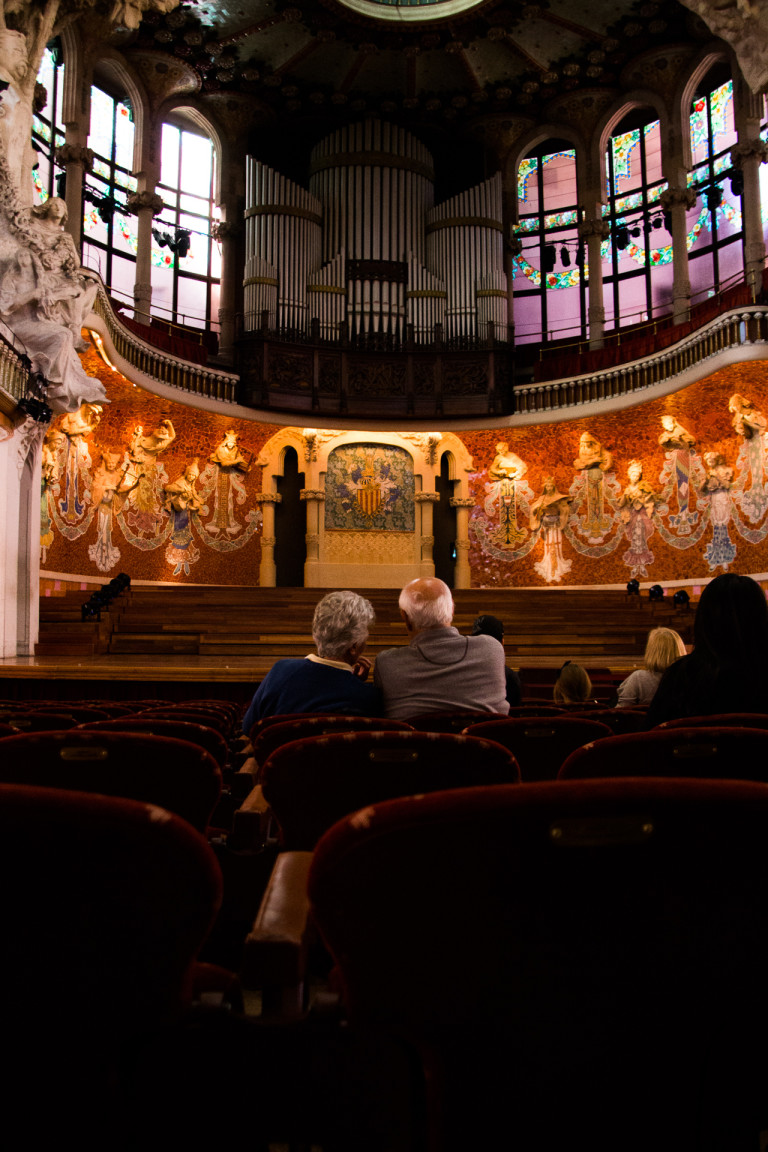
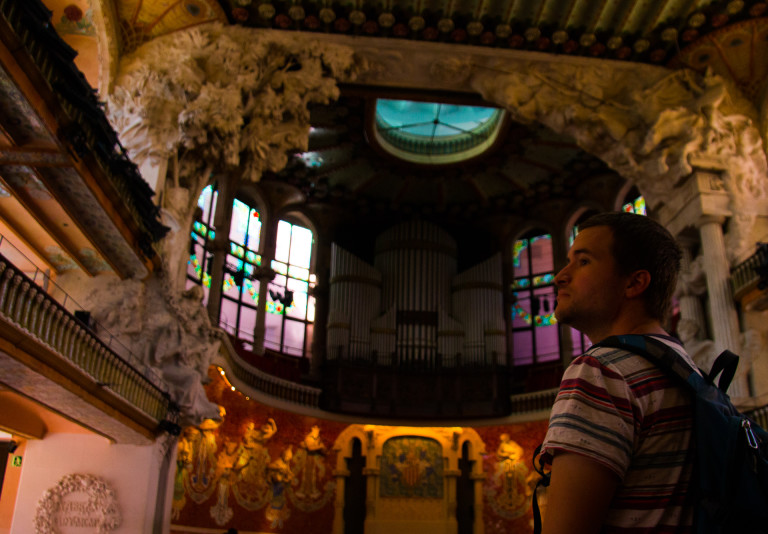
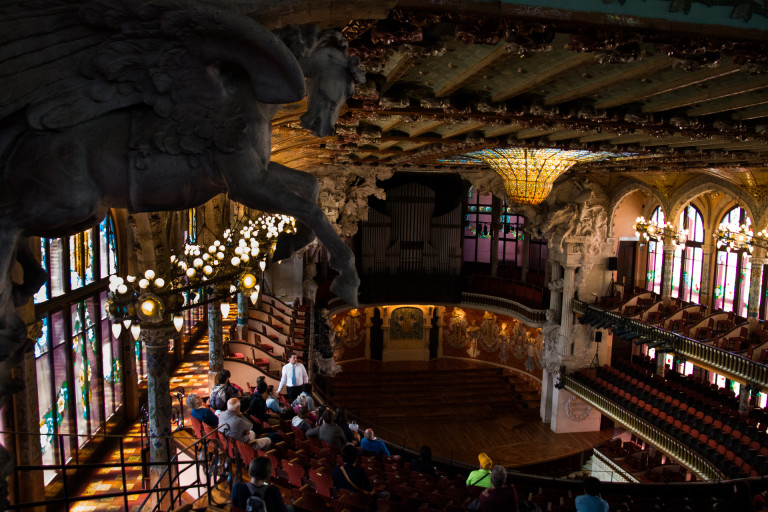
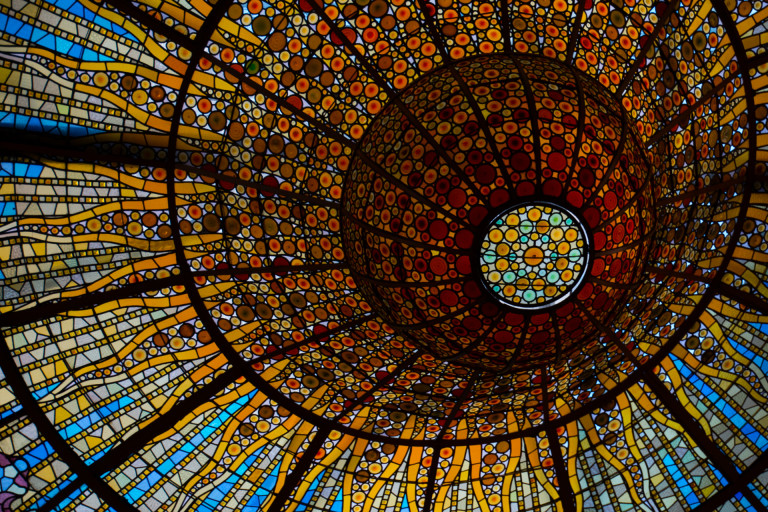
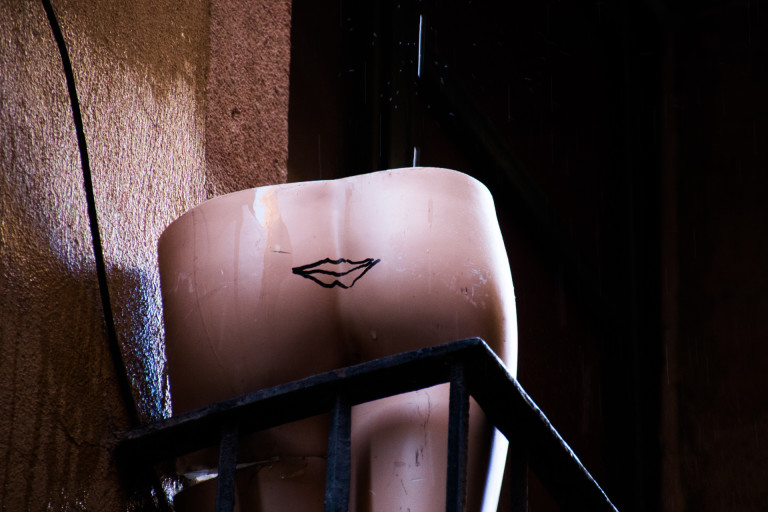
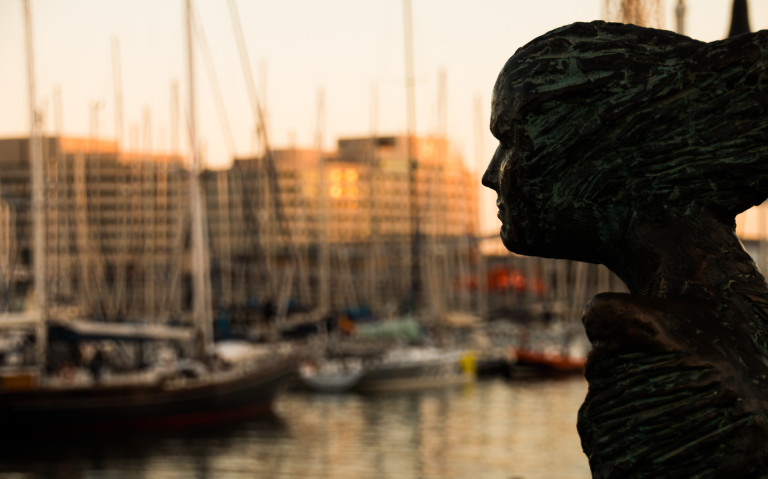
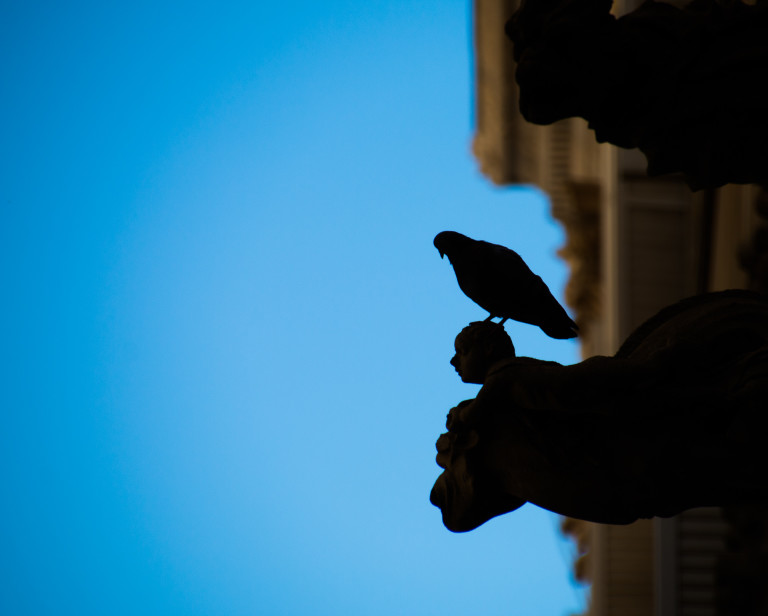
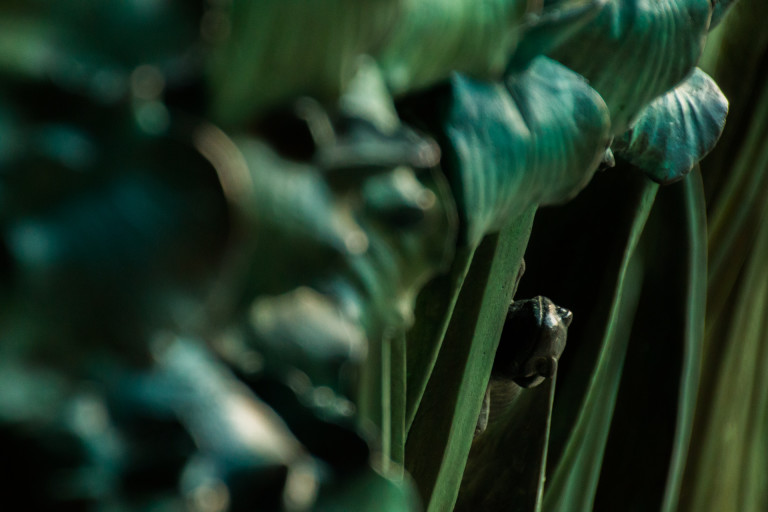
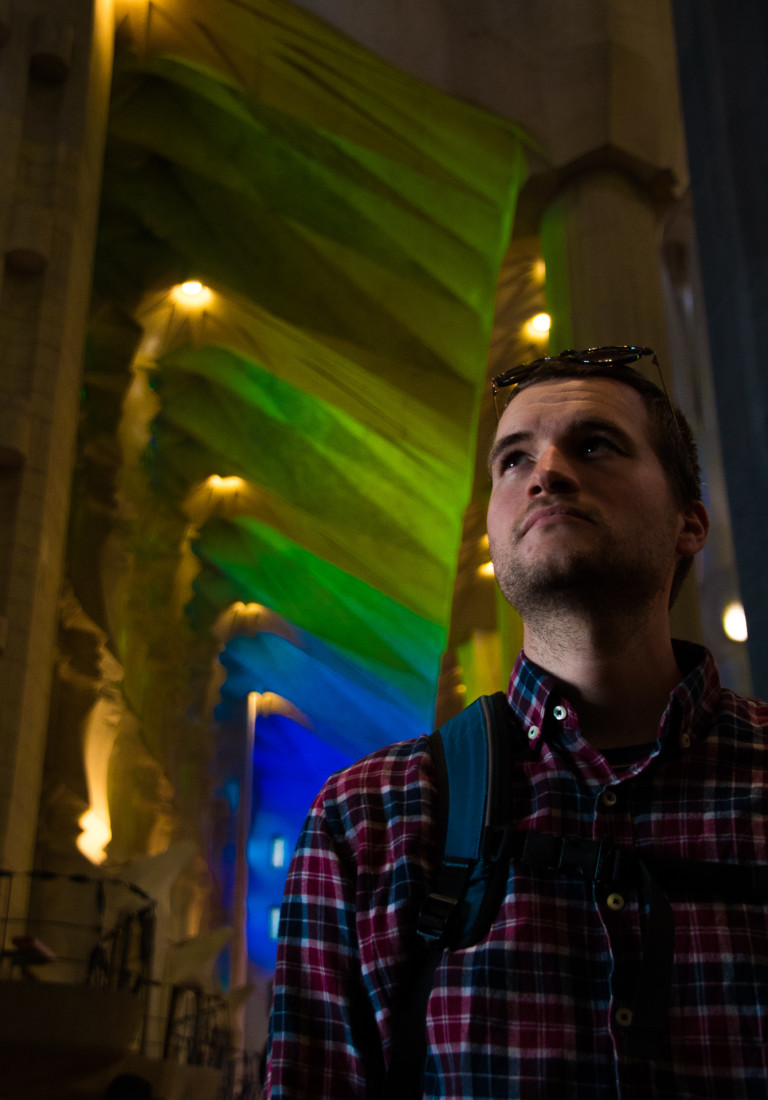
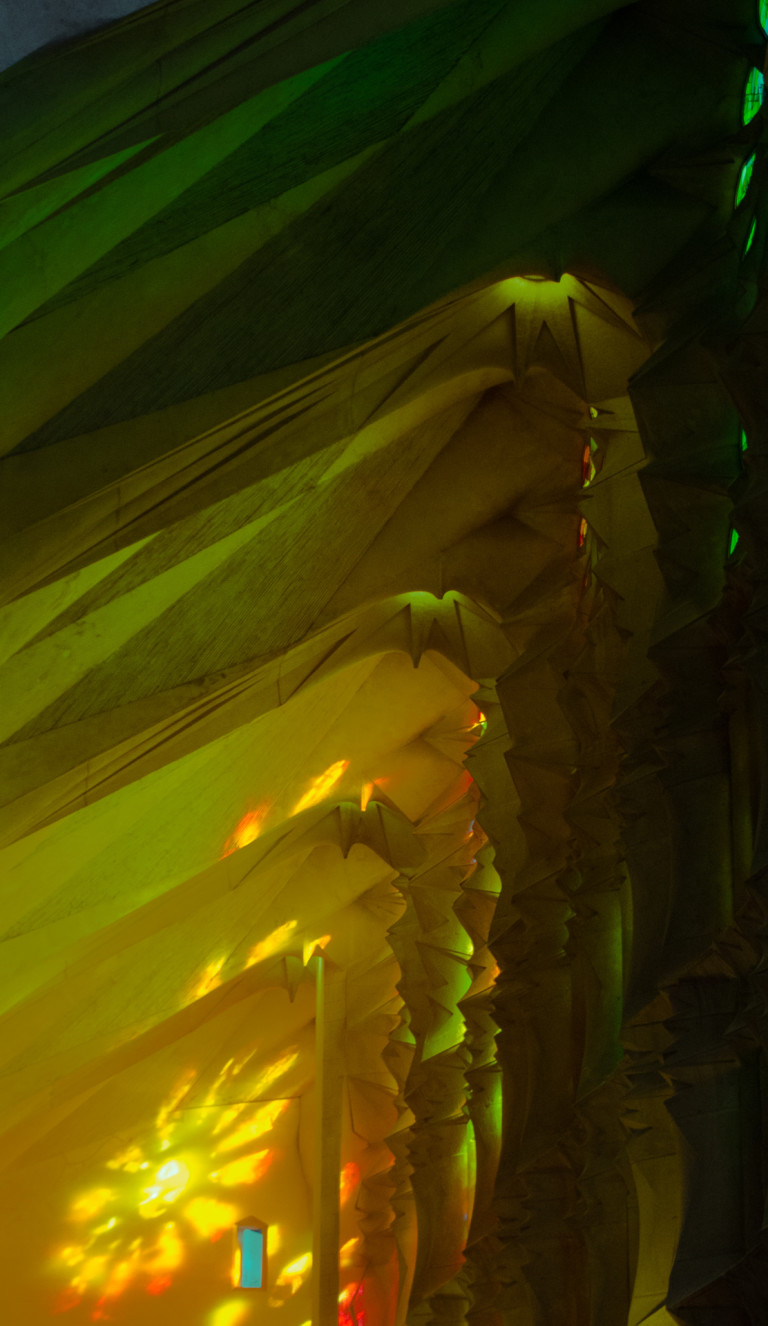
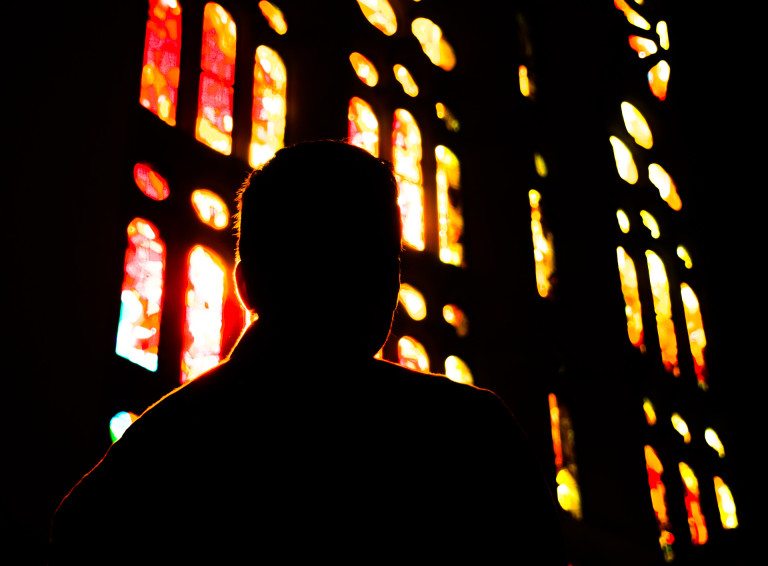
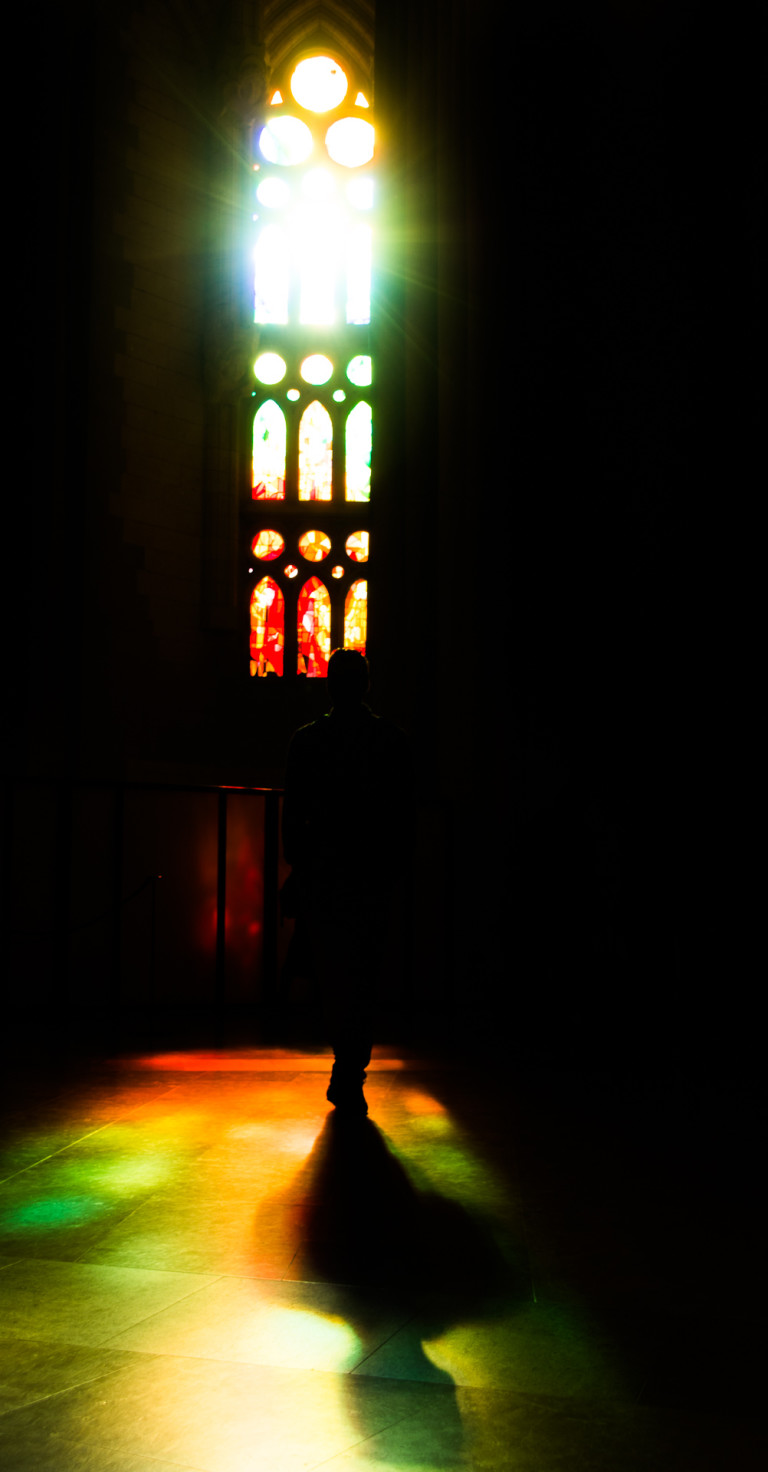
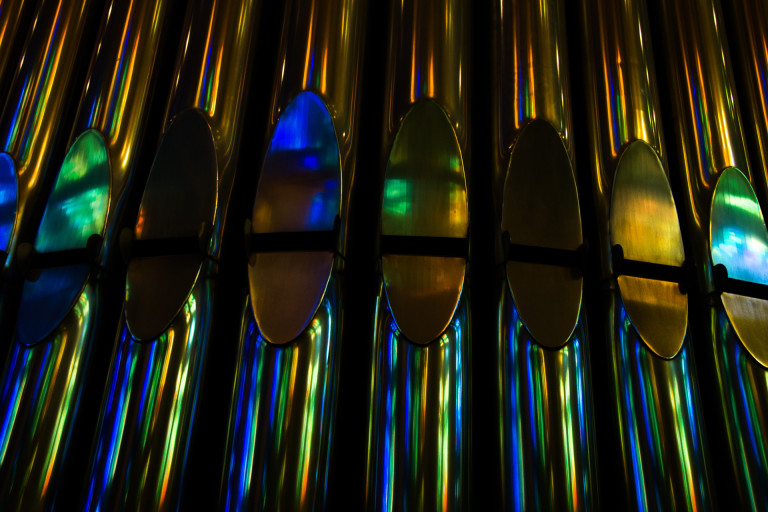
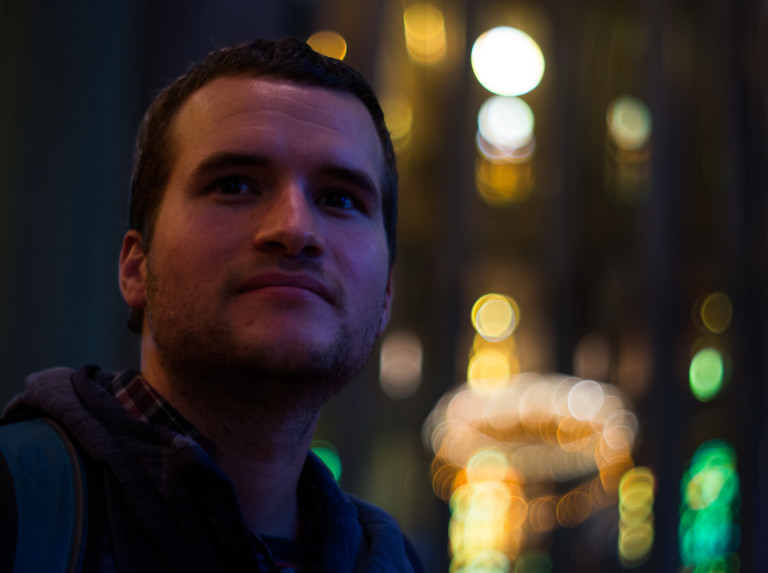
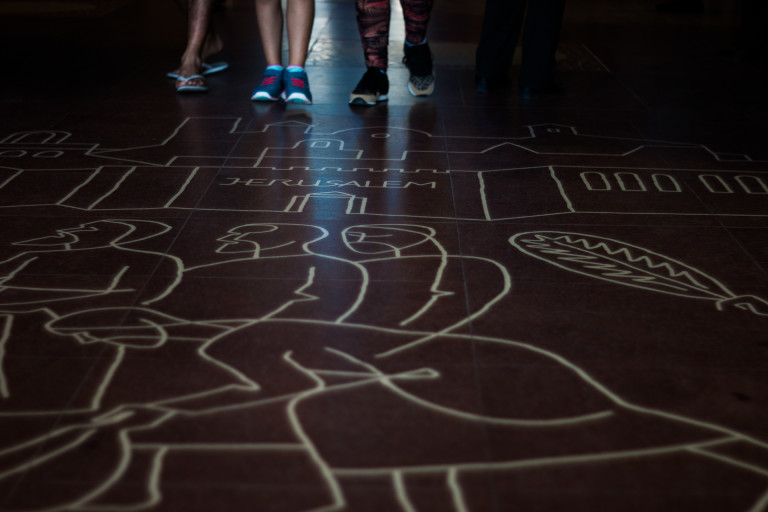
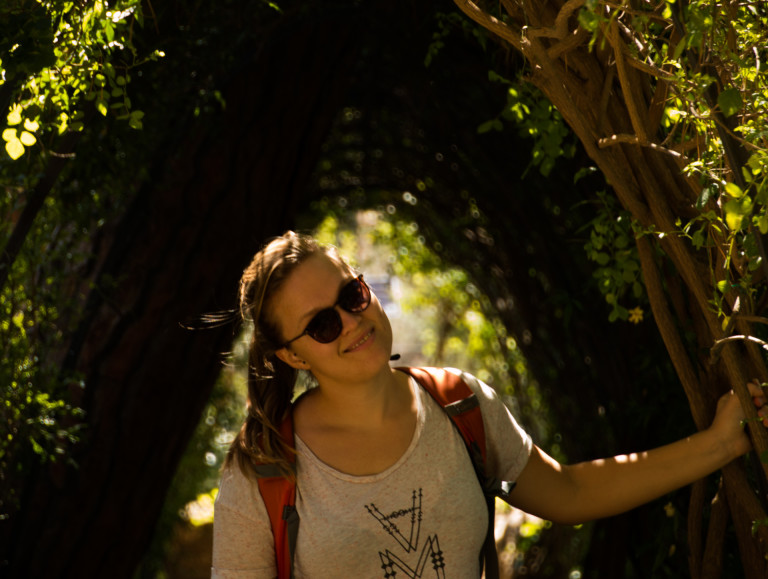
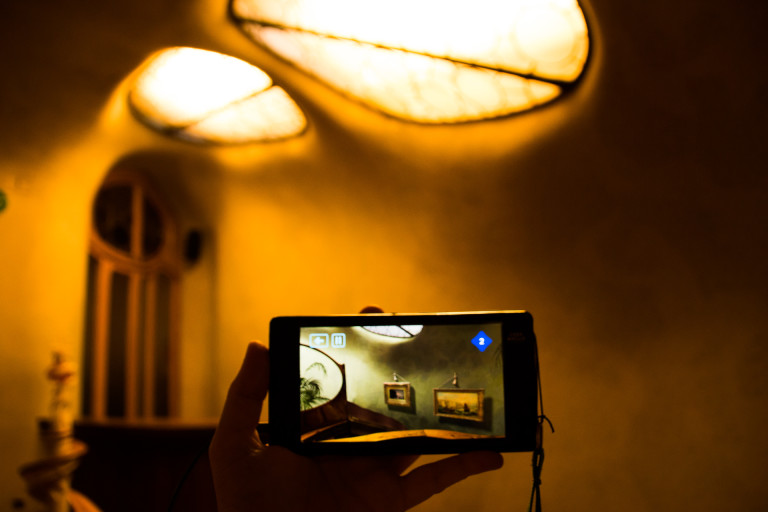
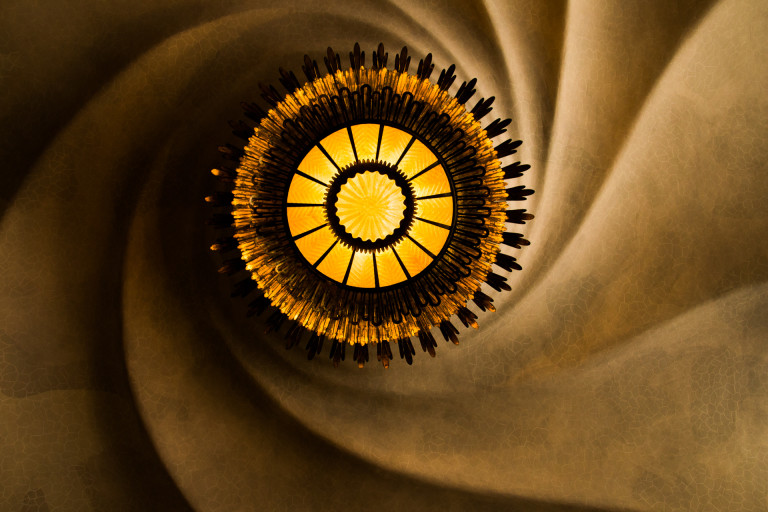
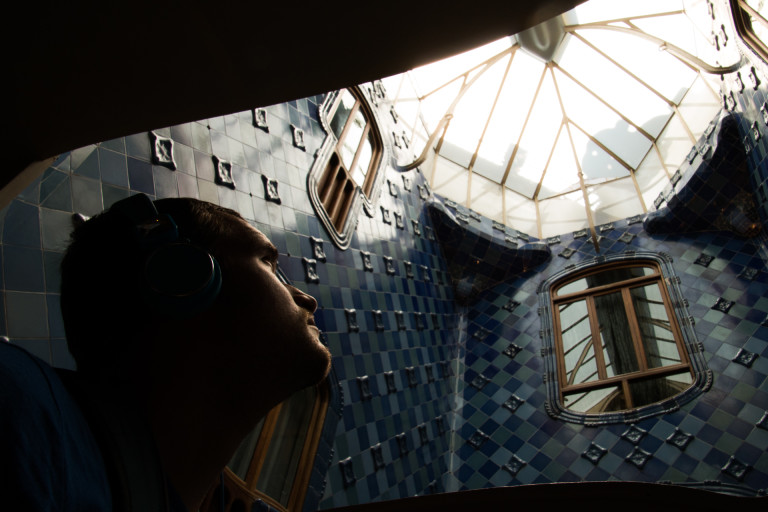
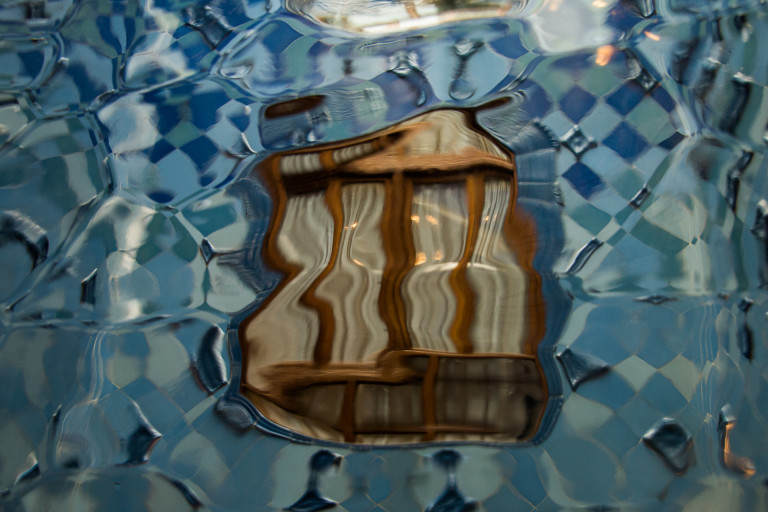
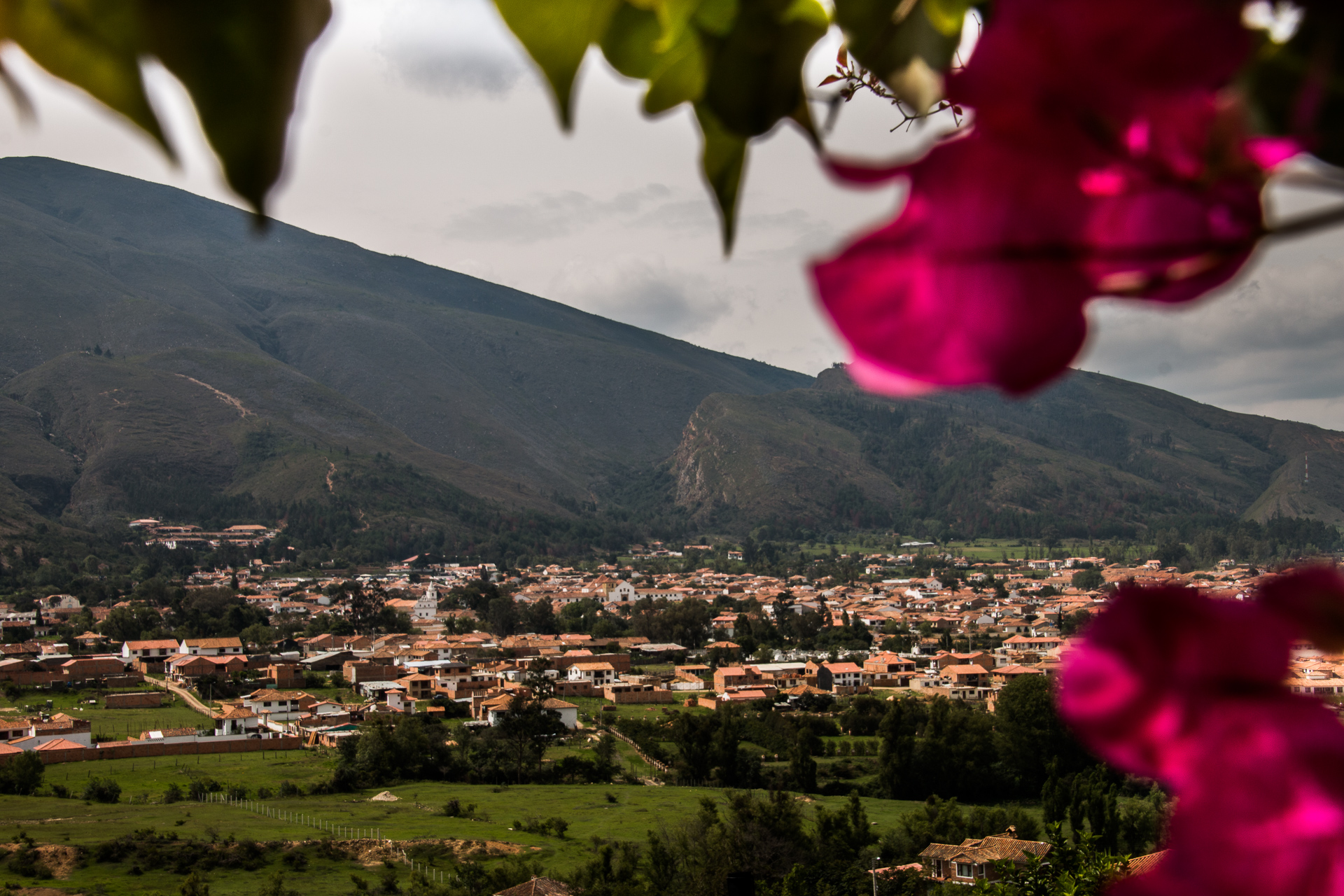
 Third- the hostel we stayed in was really cheap (7 euro per bed) and absolutely stunning- two features that rarely go together. It had a huge outside common area overlooking the whole town with its mountains in the background. And the room itself was vintage in a European meaning of the word (in South America vintage is often synonym of broken, stolen from an old lady with dust untouched for quite some time). It was a pleasure to stay in Villa de Leyva and discover that there is so much more to it than just its main square. Charming broad streets, nice suburbs, mountains and superb ice cream is all we needed:)
Third- the hostel we stayed in was really cheap (7 euro per bed) and absolutely stunning- two features that rarely go together. It had a huge outside common area overlooking the whole town with its mountains in the background. And the room itself was vintage in a European meaning of the word (in South America vintage is often synonym of broken, stolen from an old lady with dust untouched for quite some time). It was a pleasure to stay in Villa de Leyva and discover that there is so much more to it than just its main square. Charming broad streets, nice suburbs, mountains and superb ice cream is all we needed:)
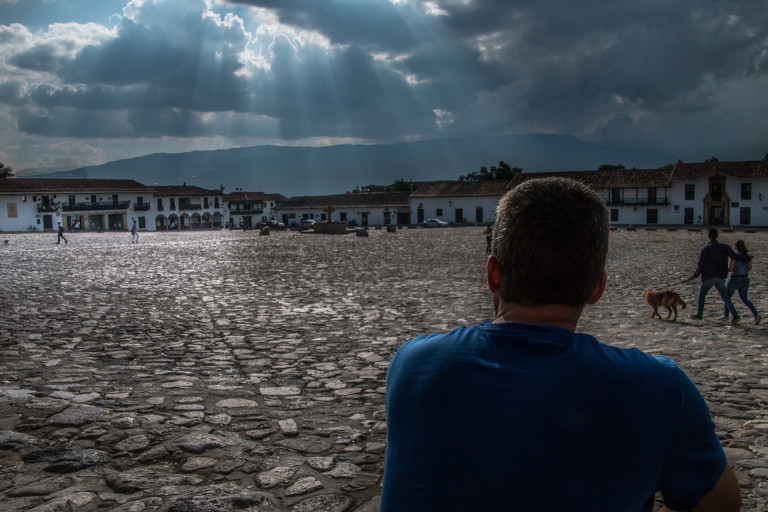
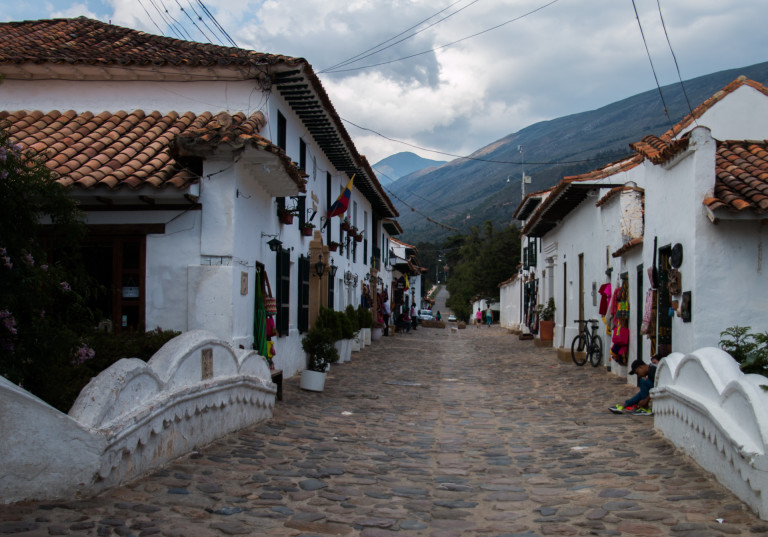
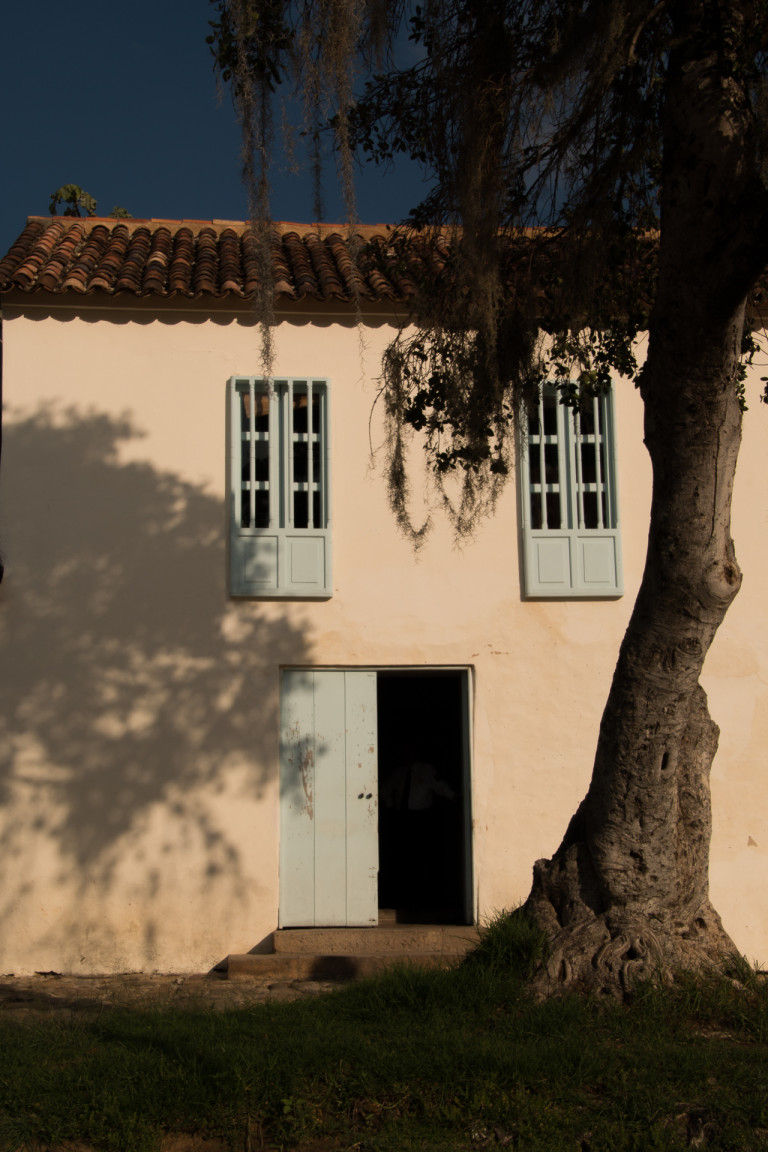
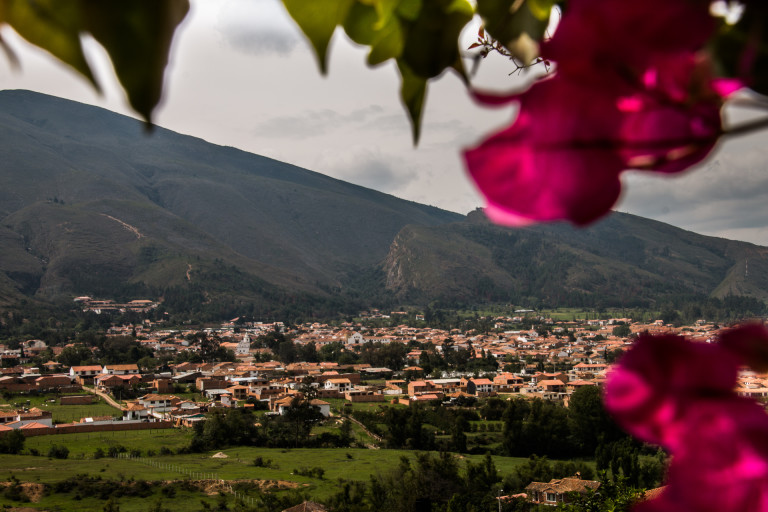
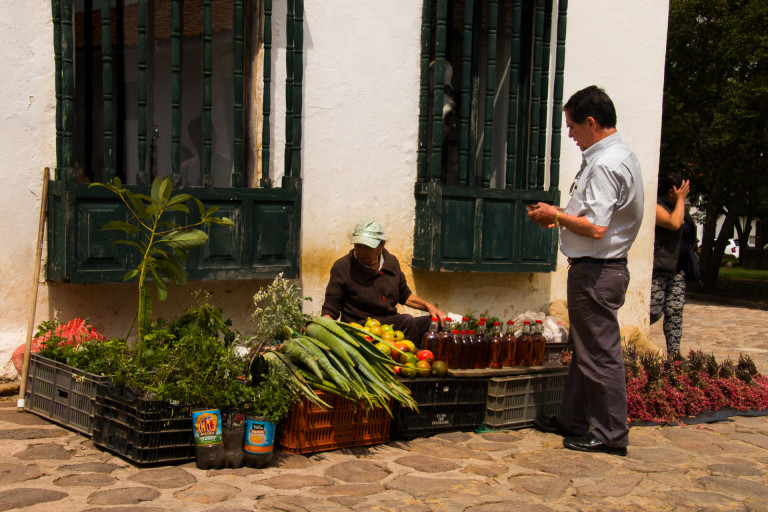
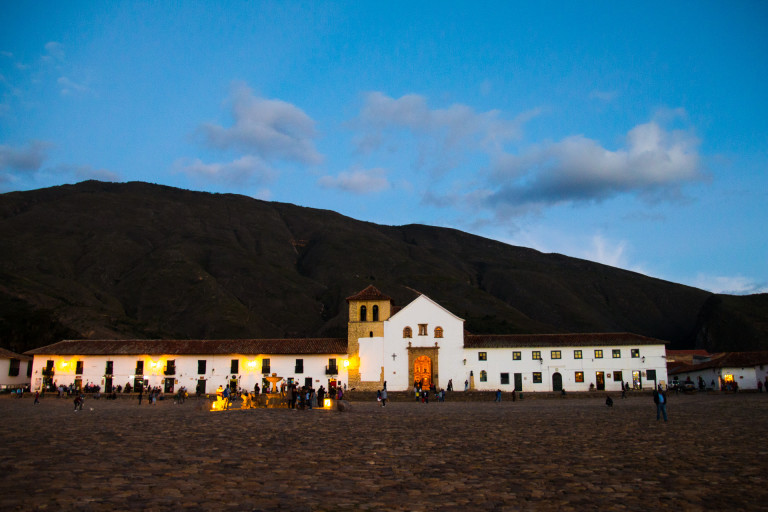
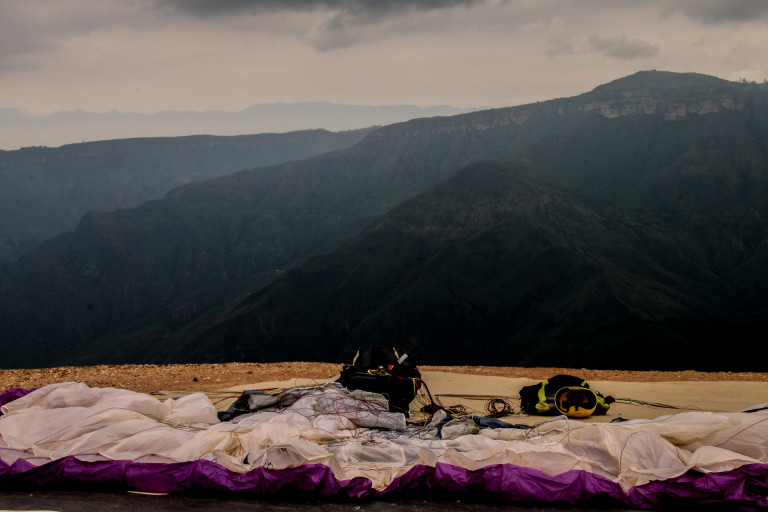
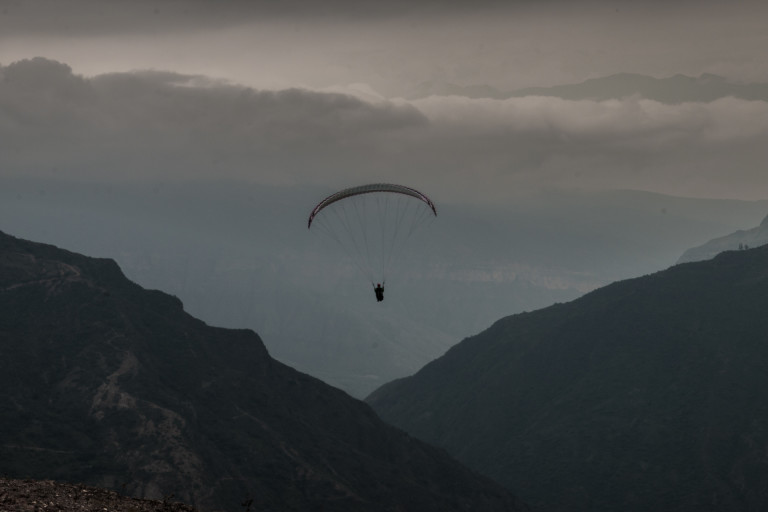
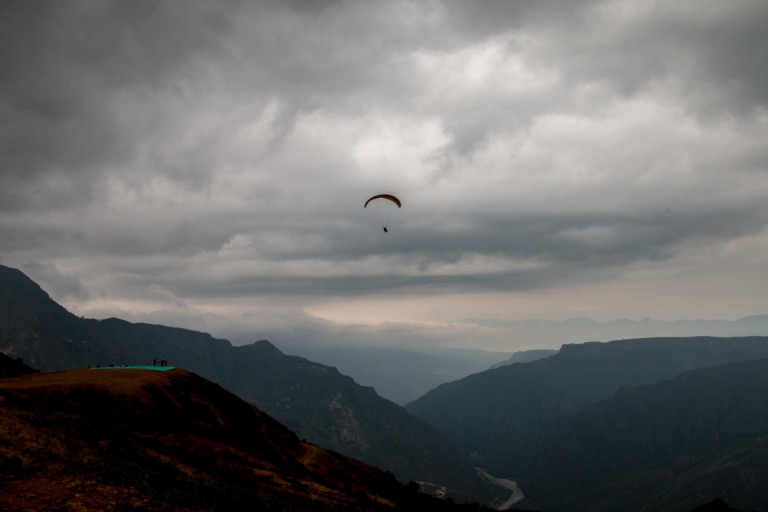
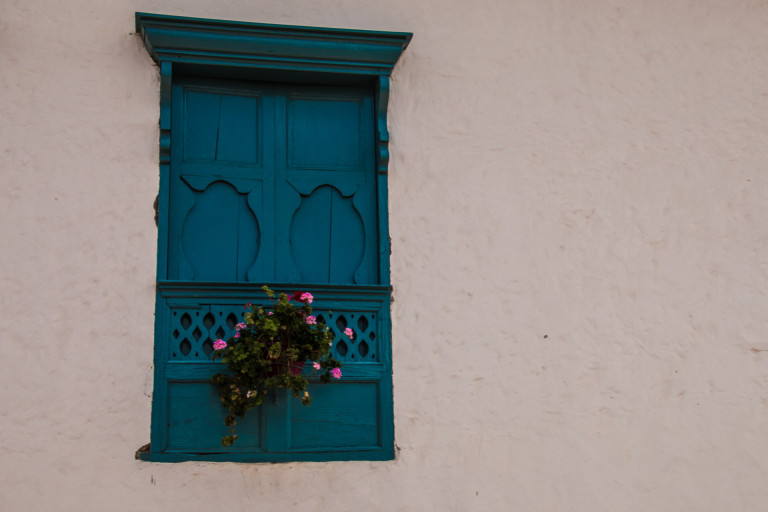
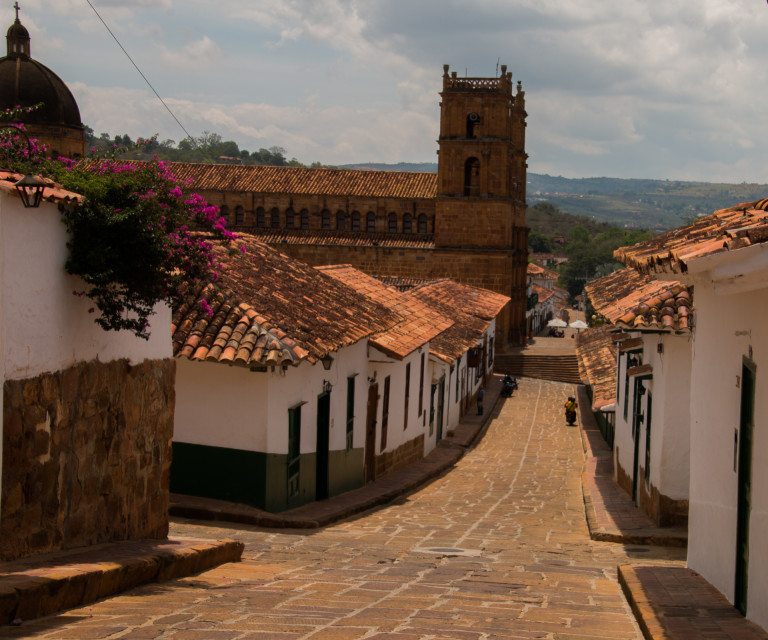
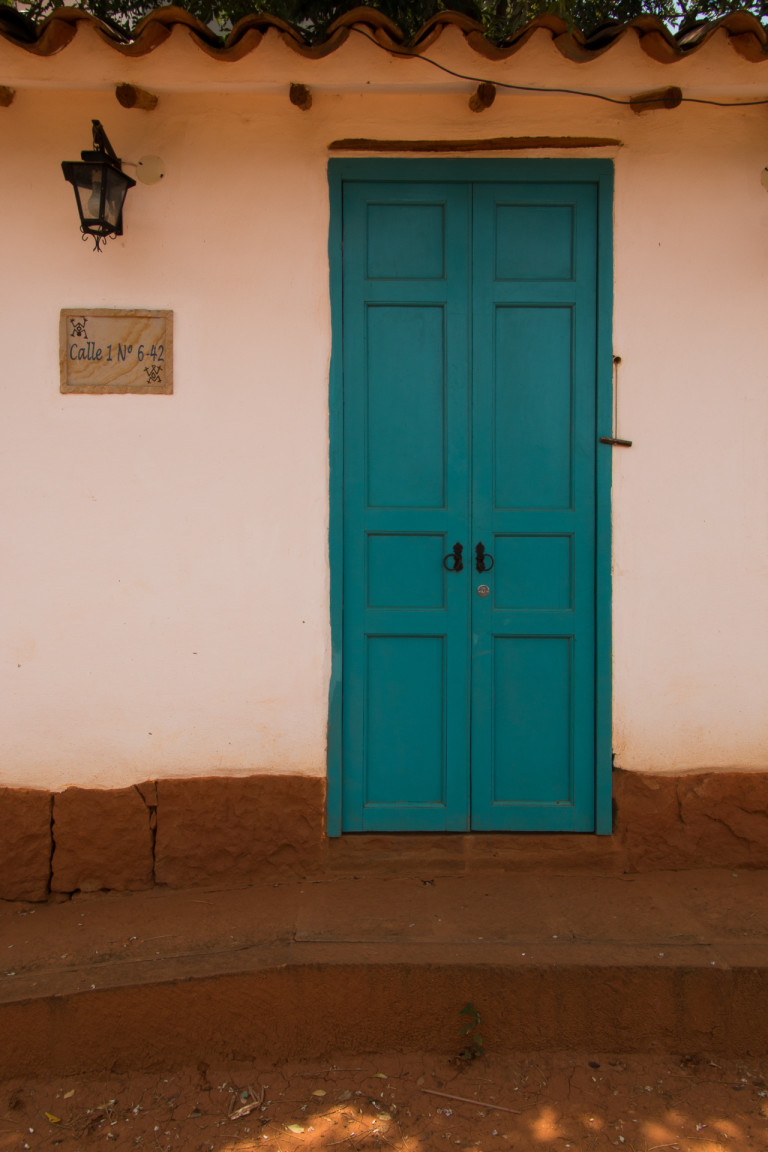
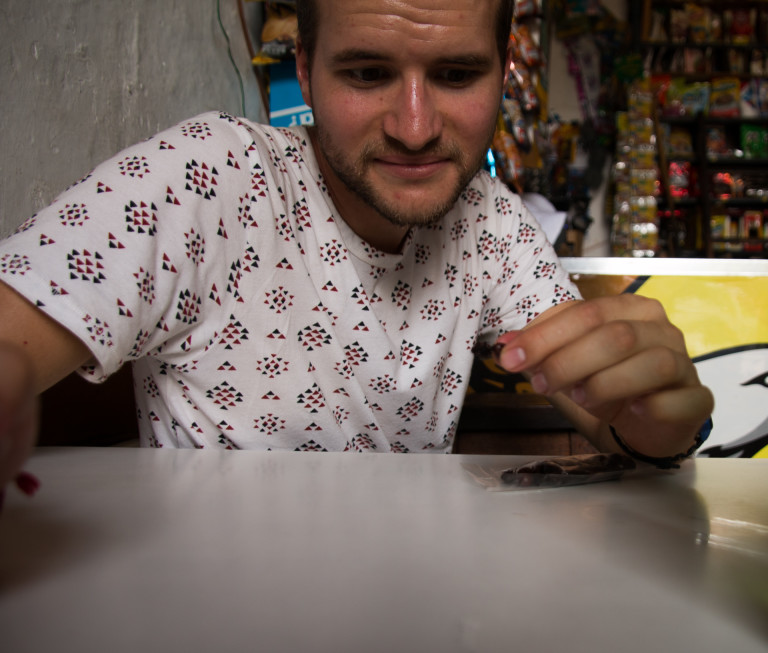
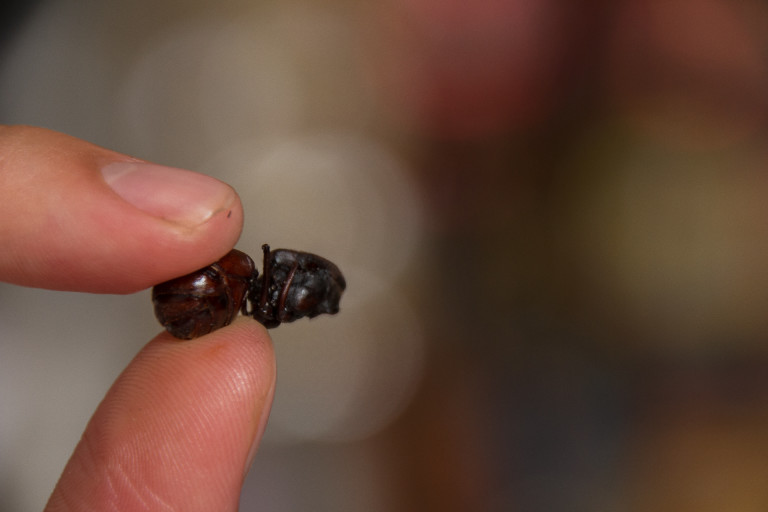
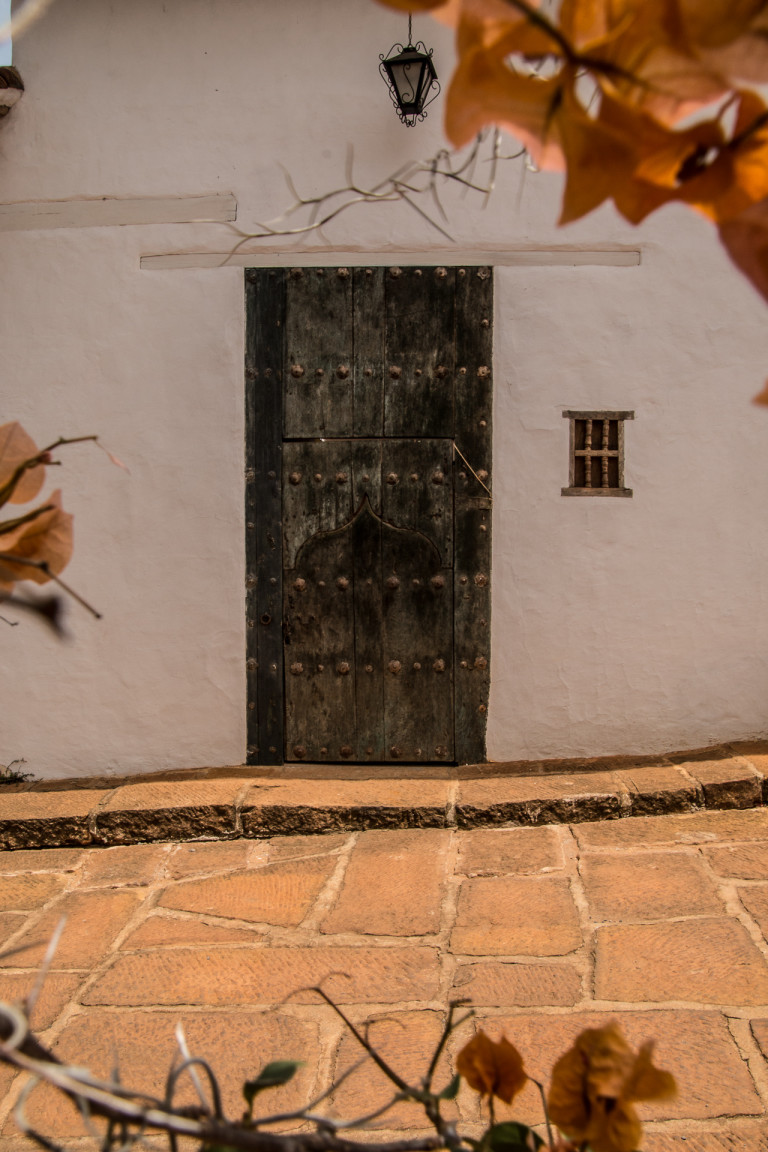
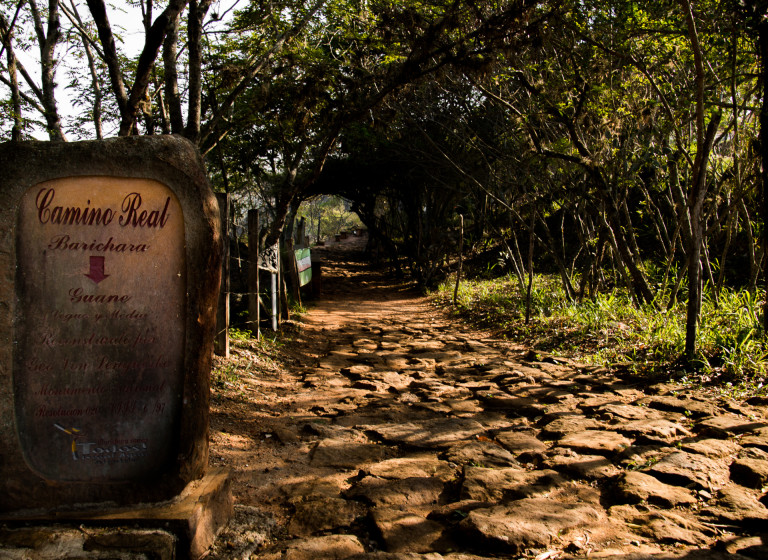
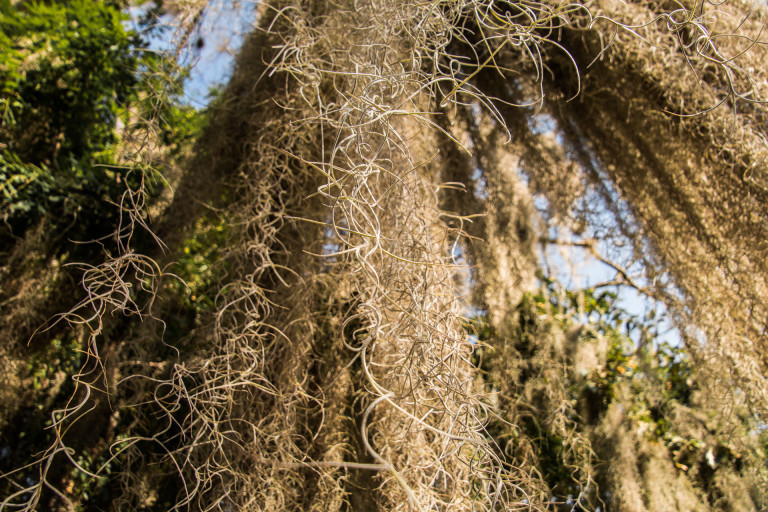
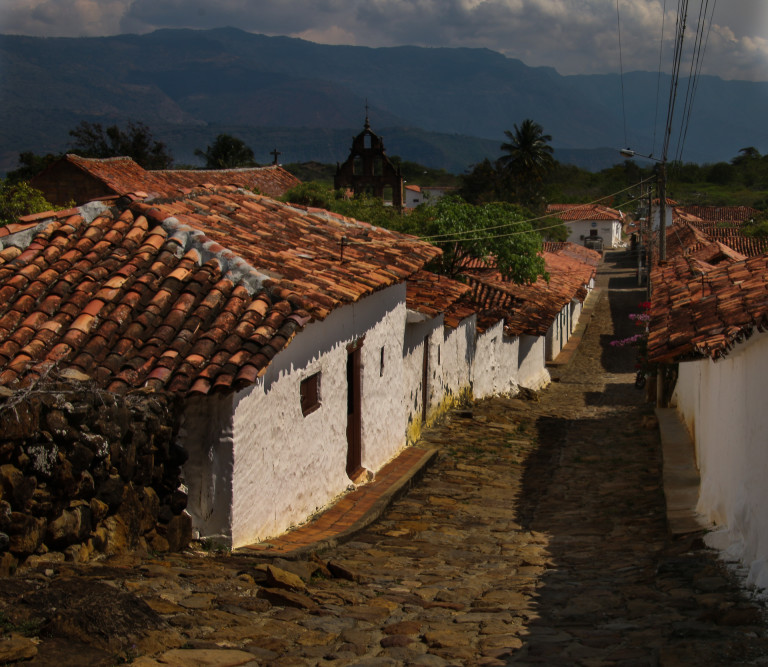
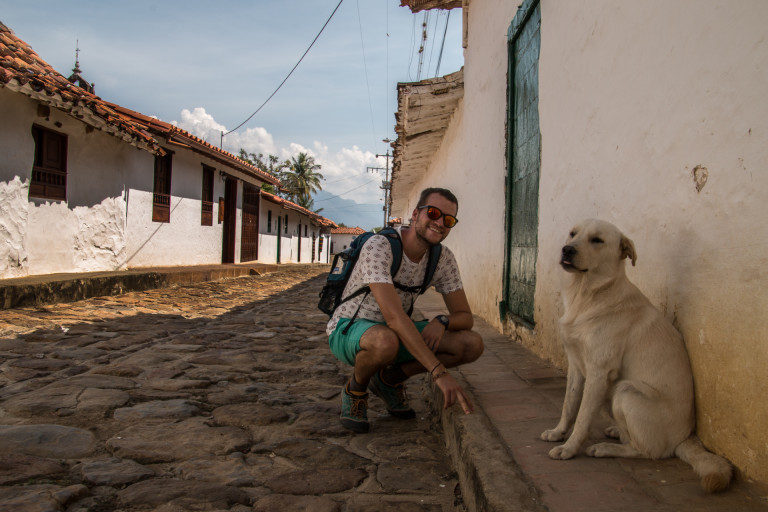
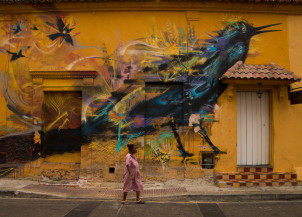
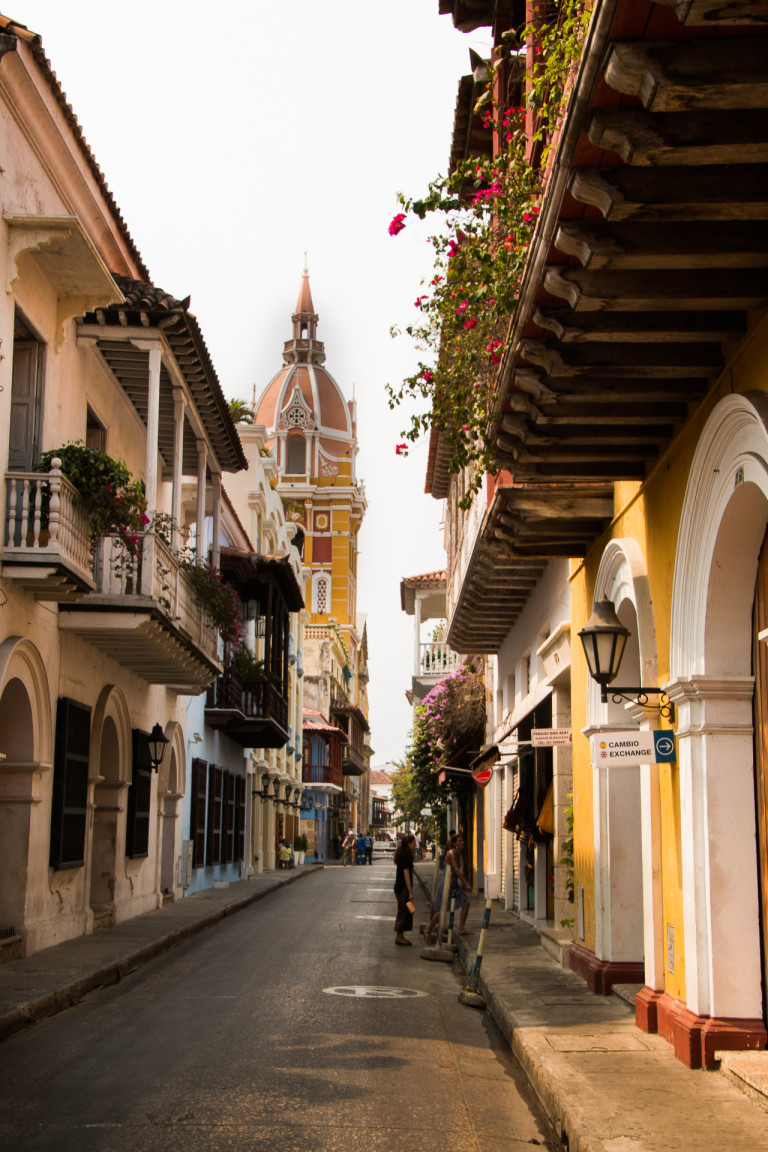
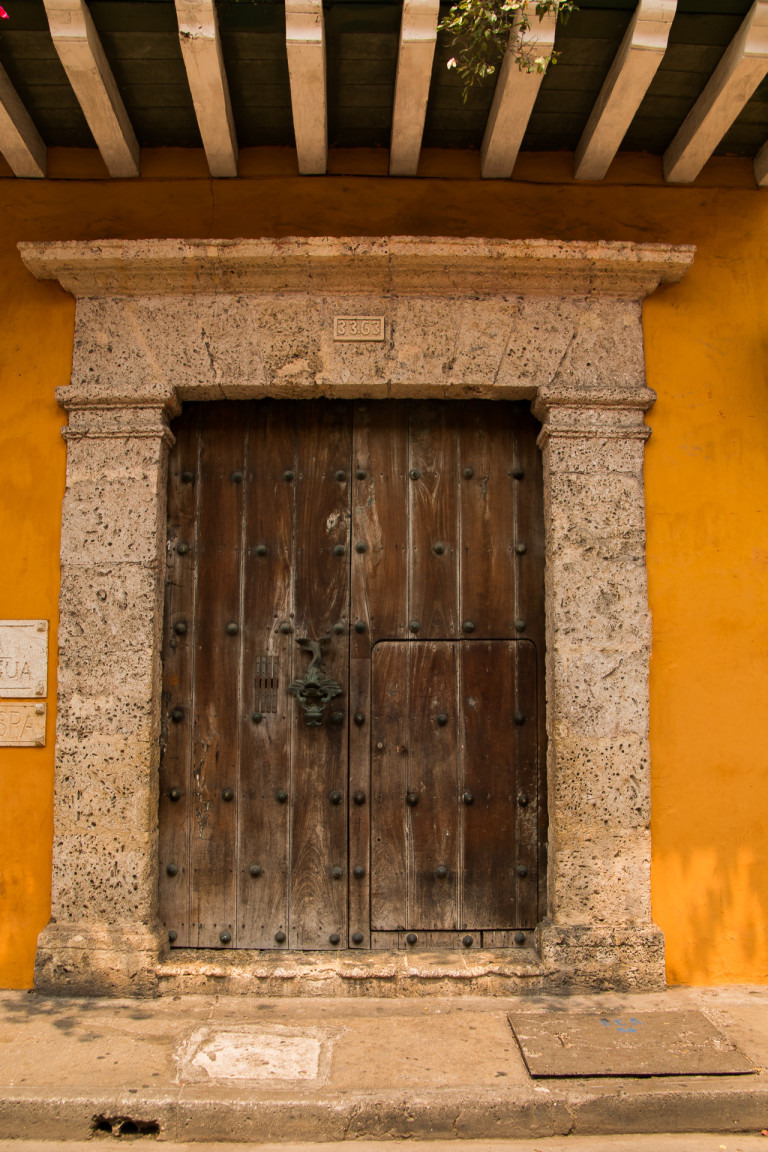
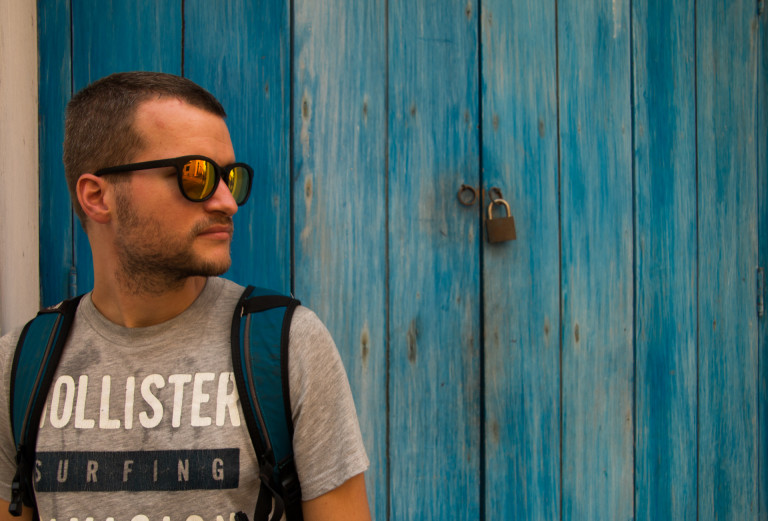
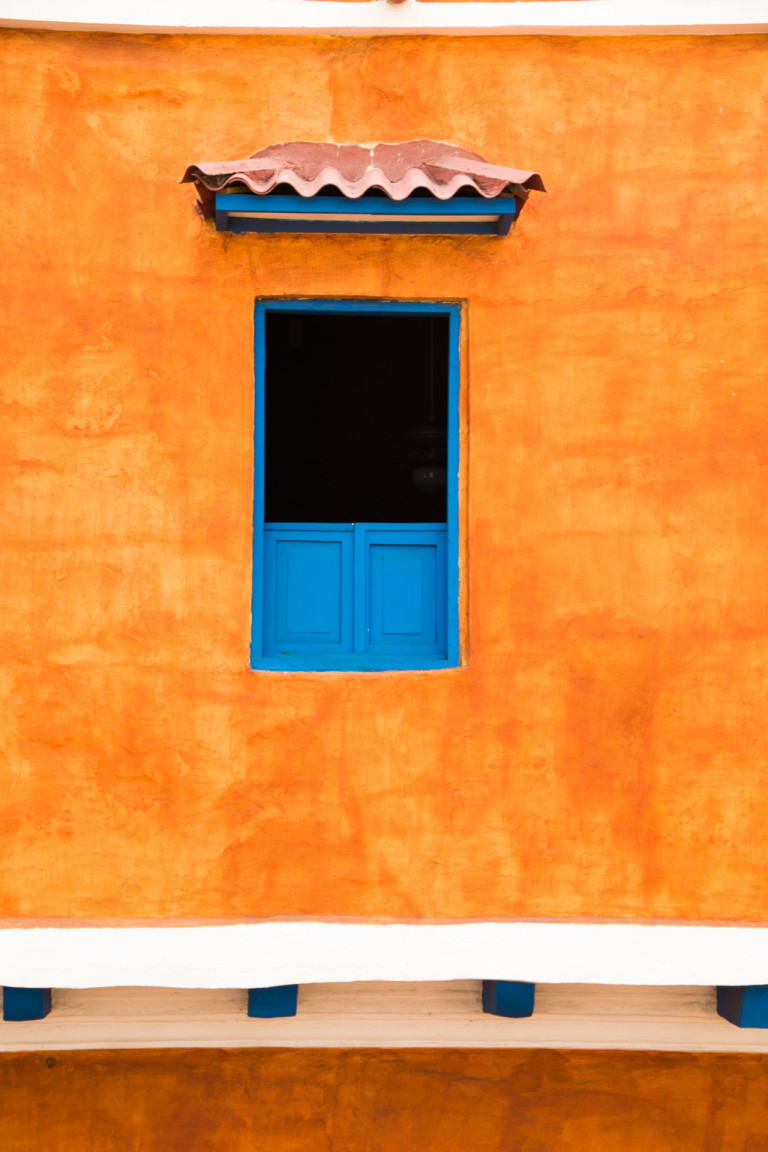
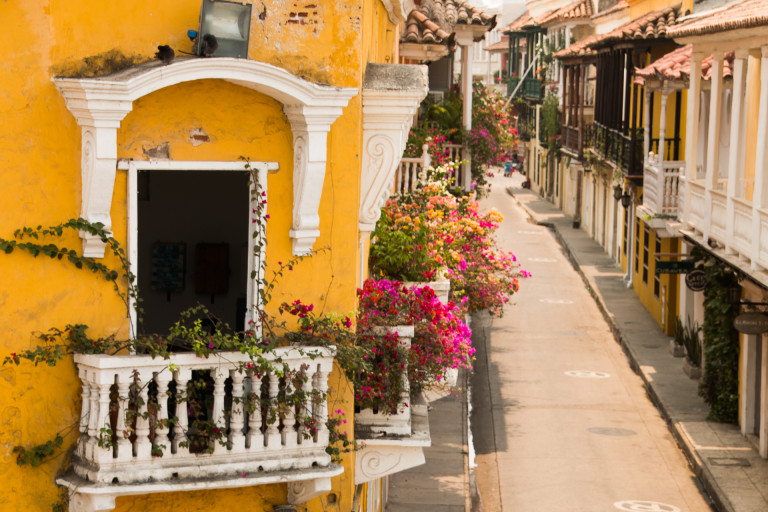
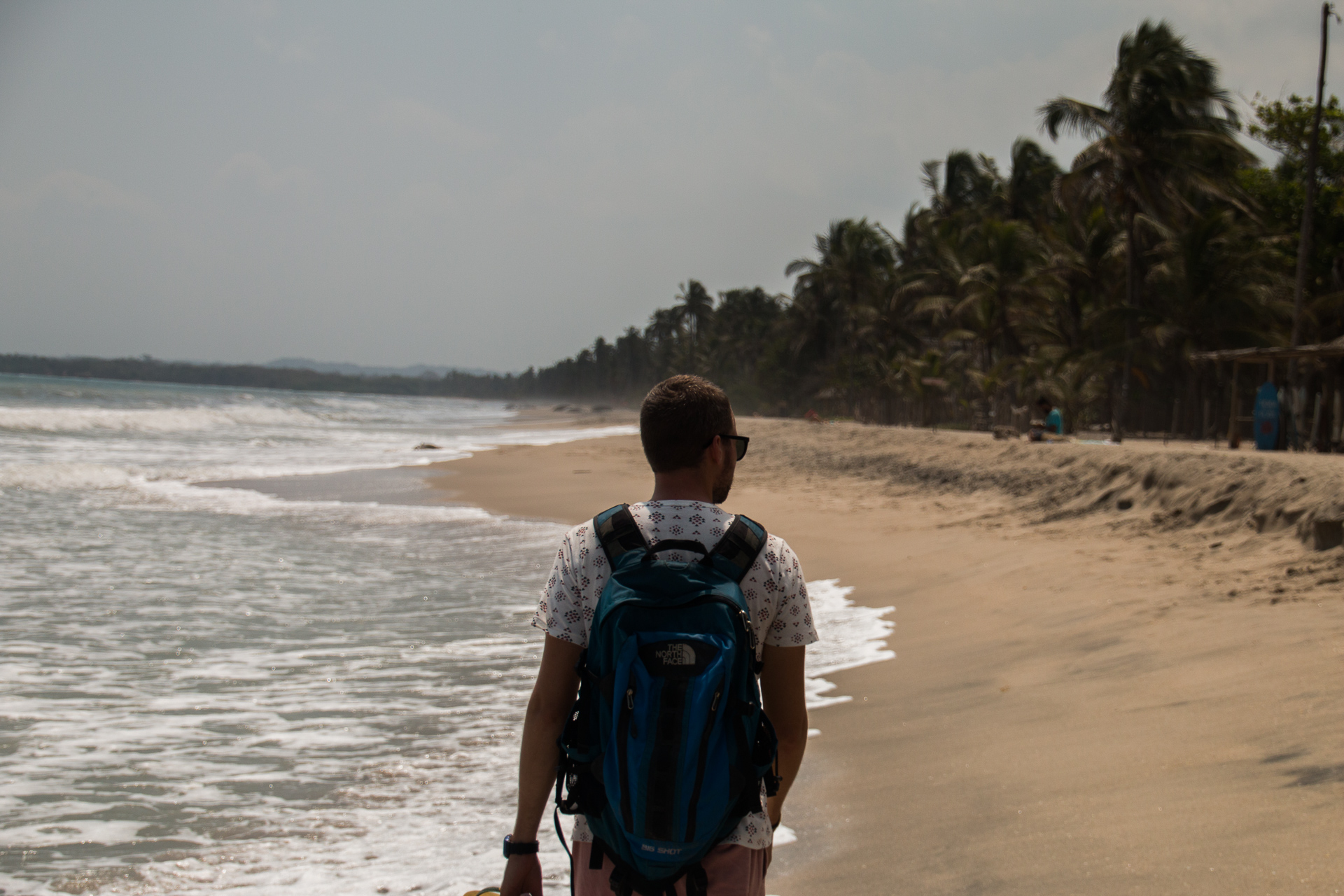
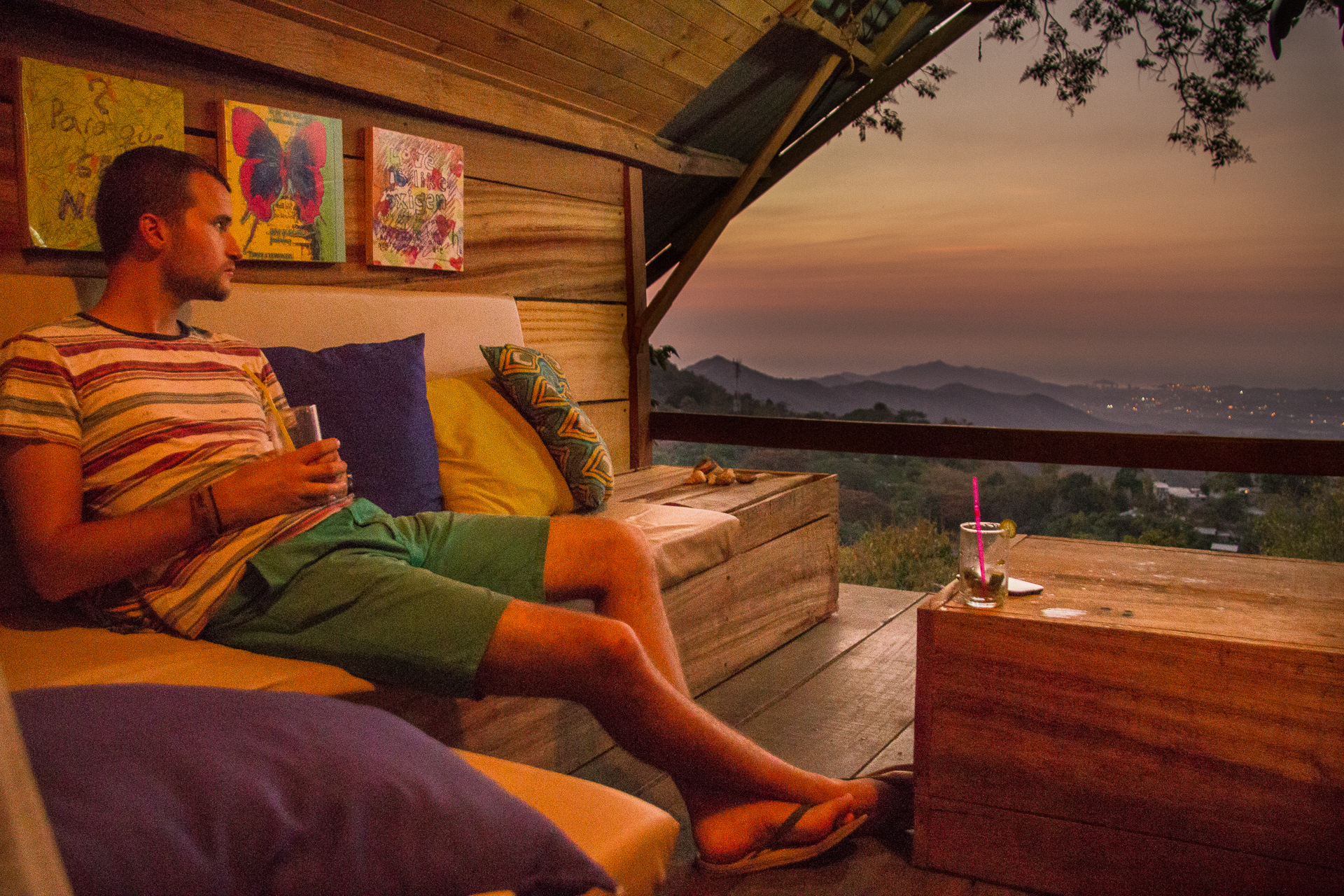
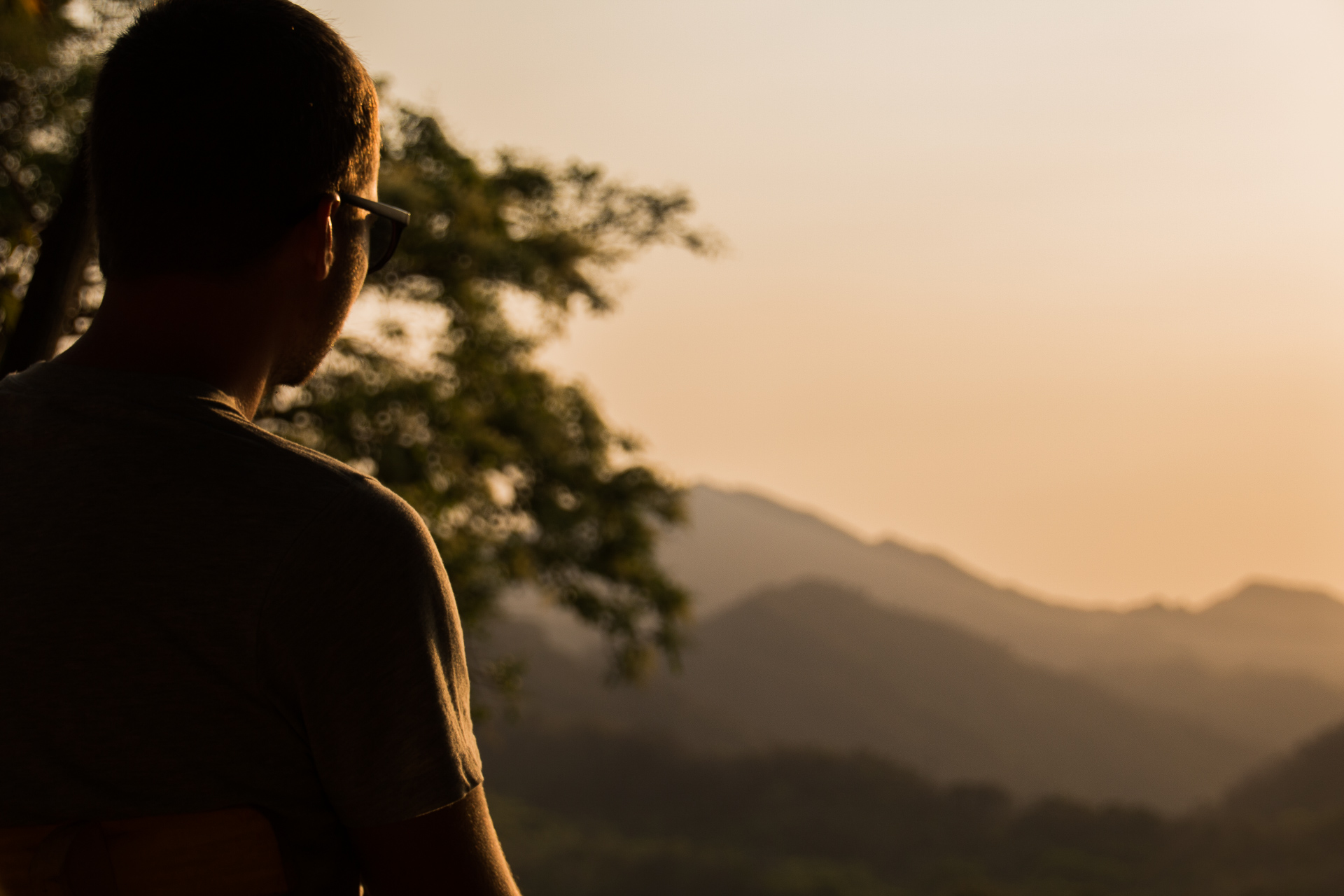
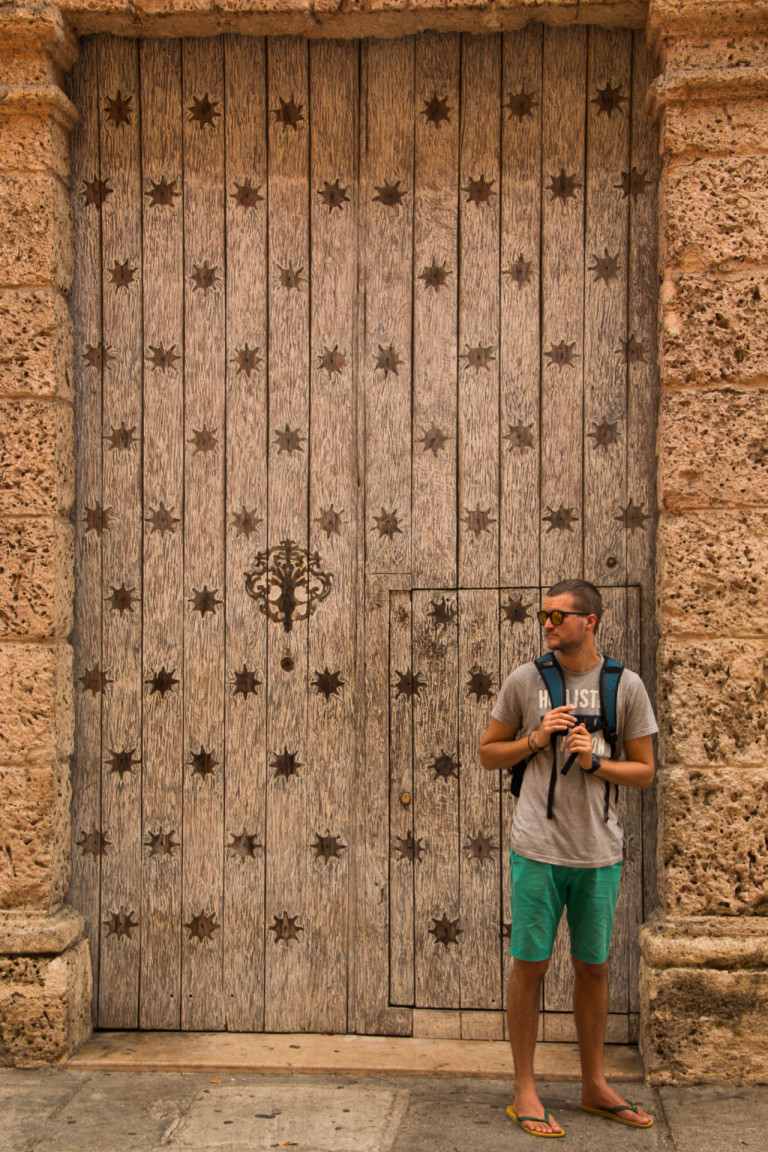
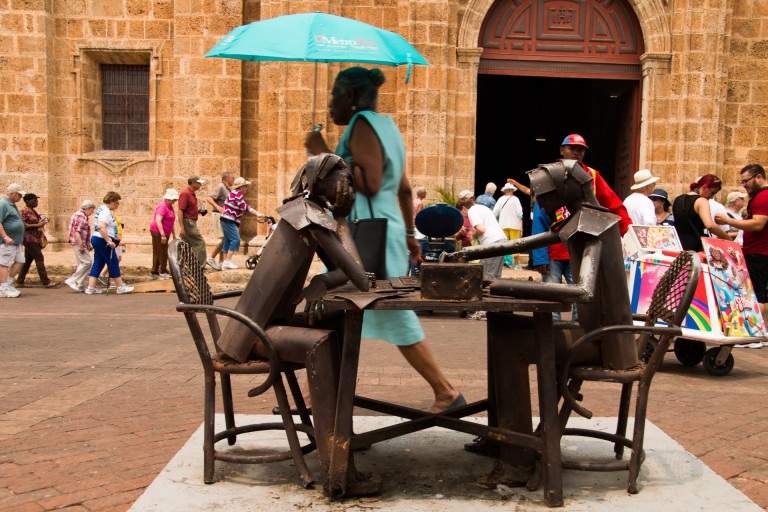
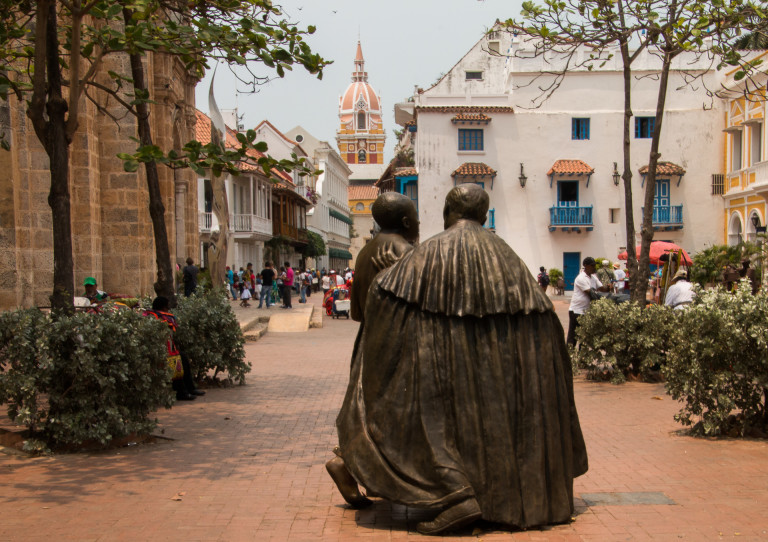
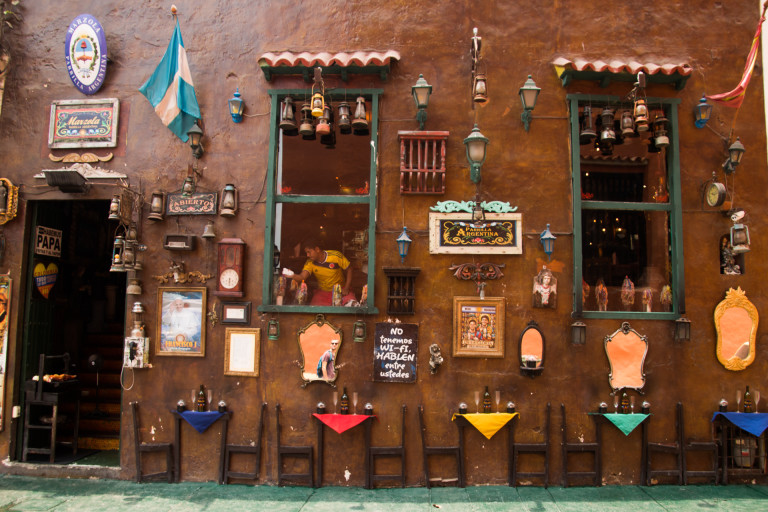
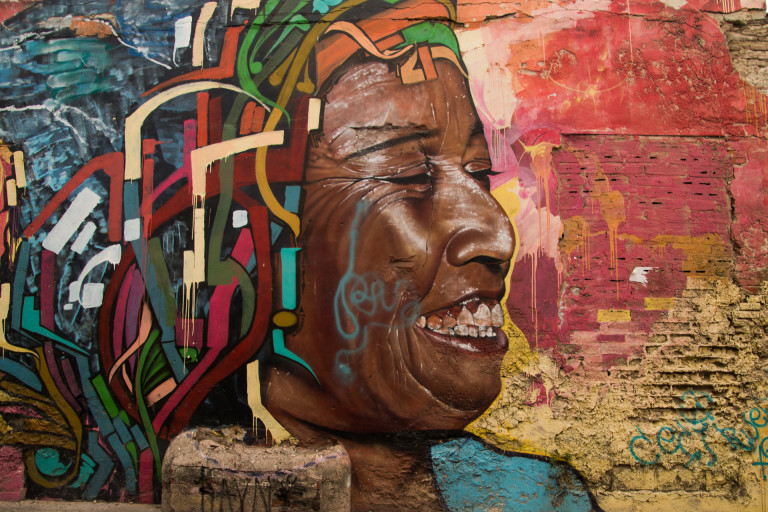
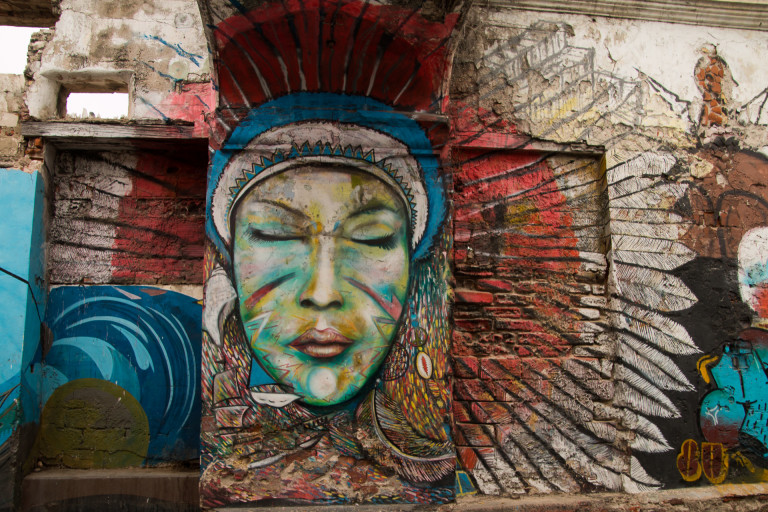
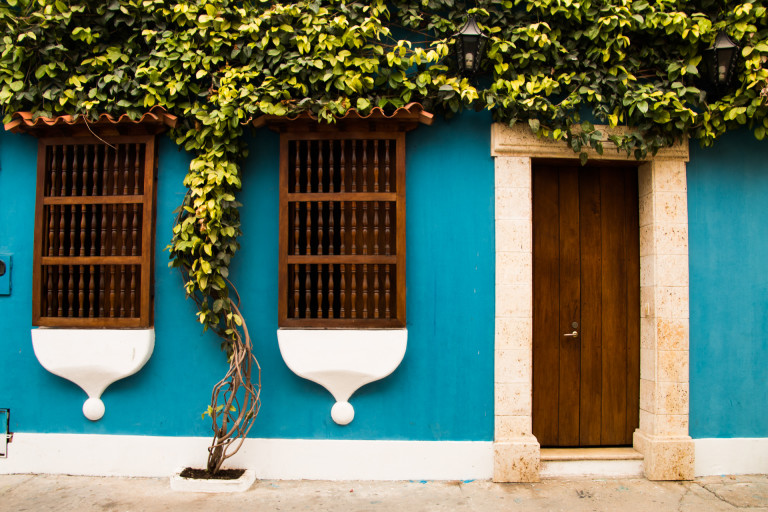
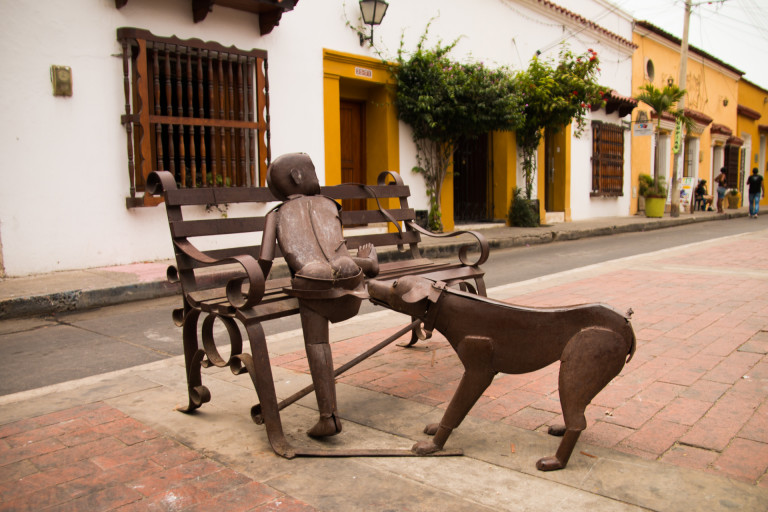
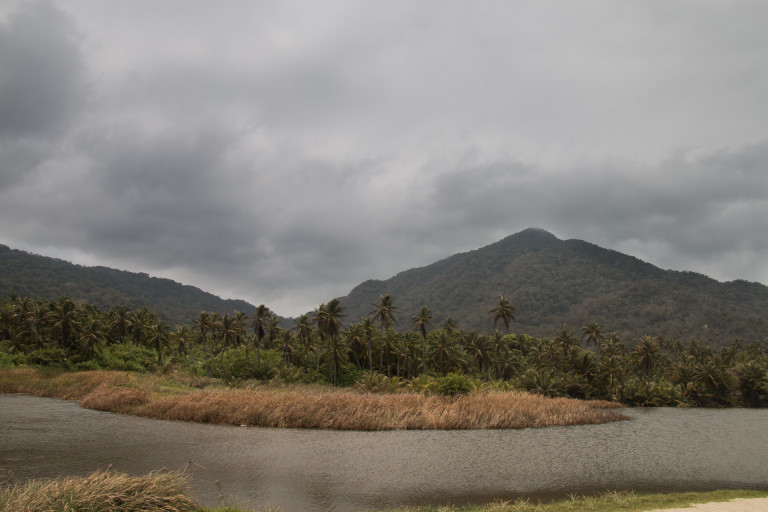
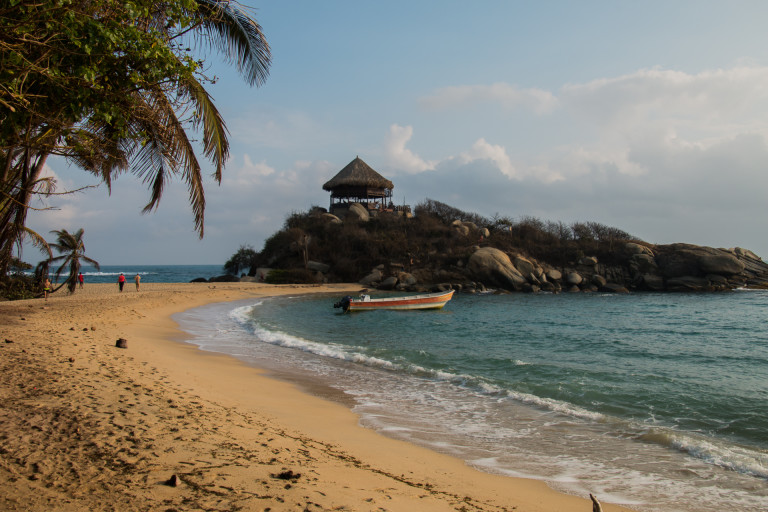
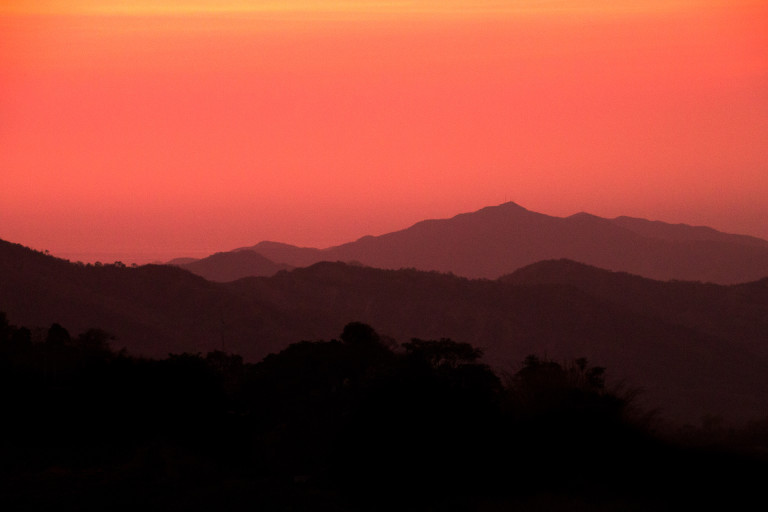
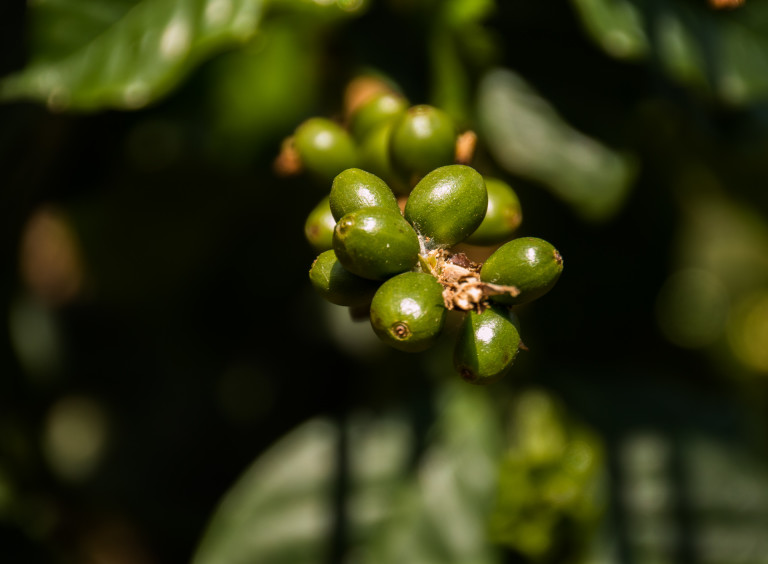
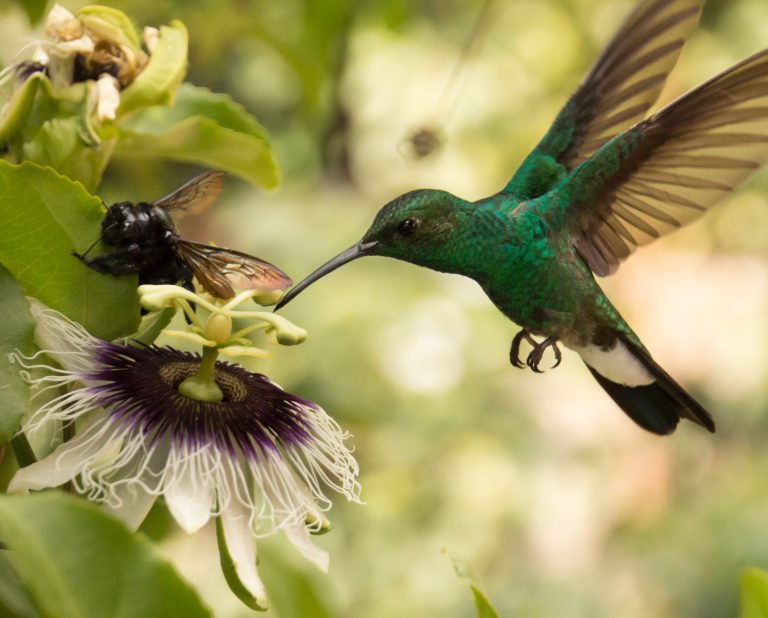
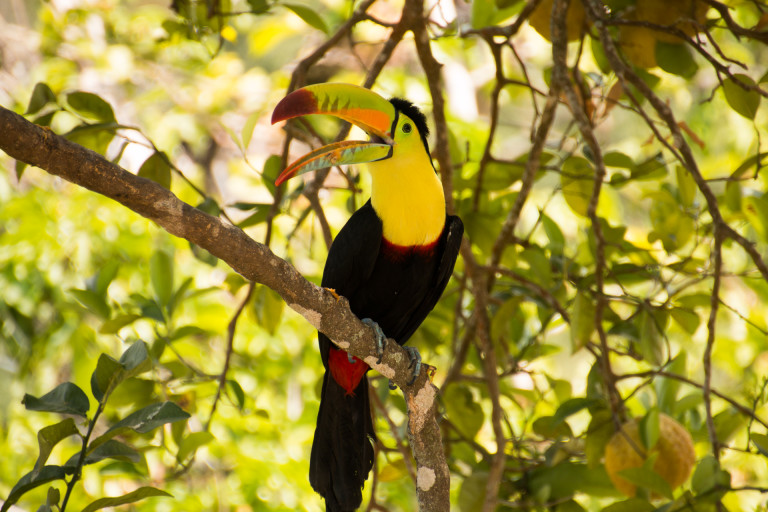
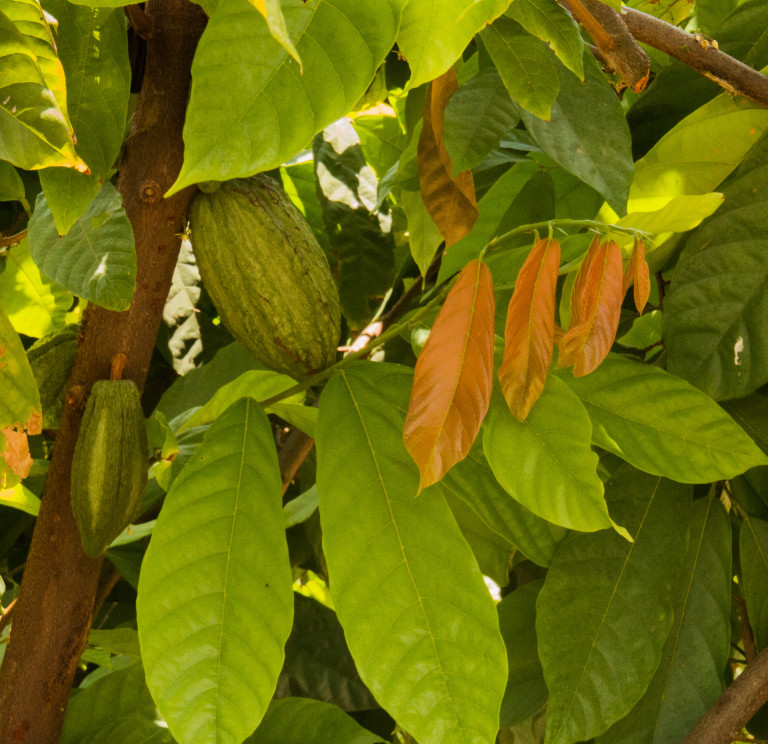
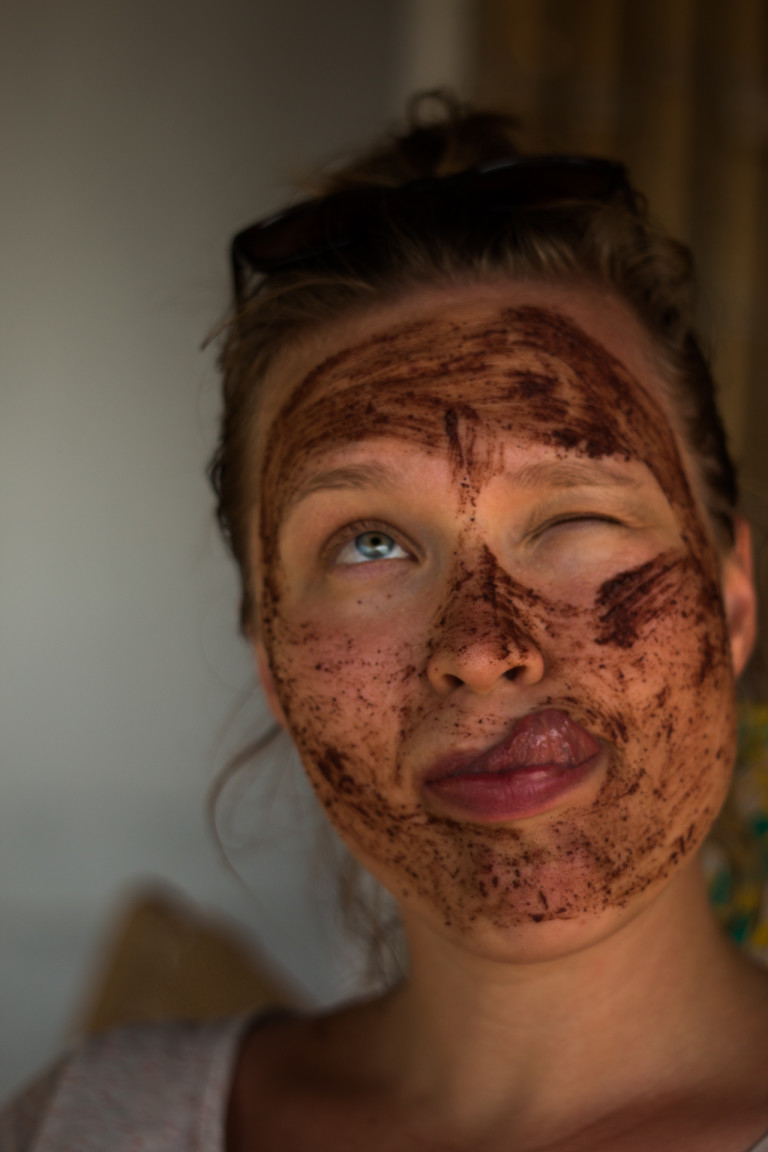
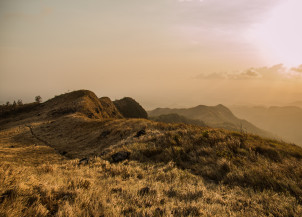
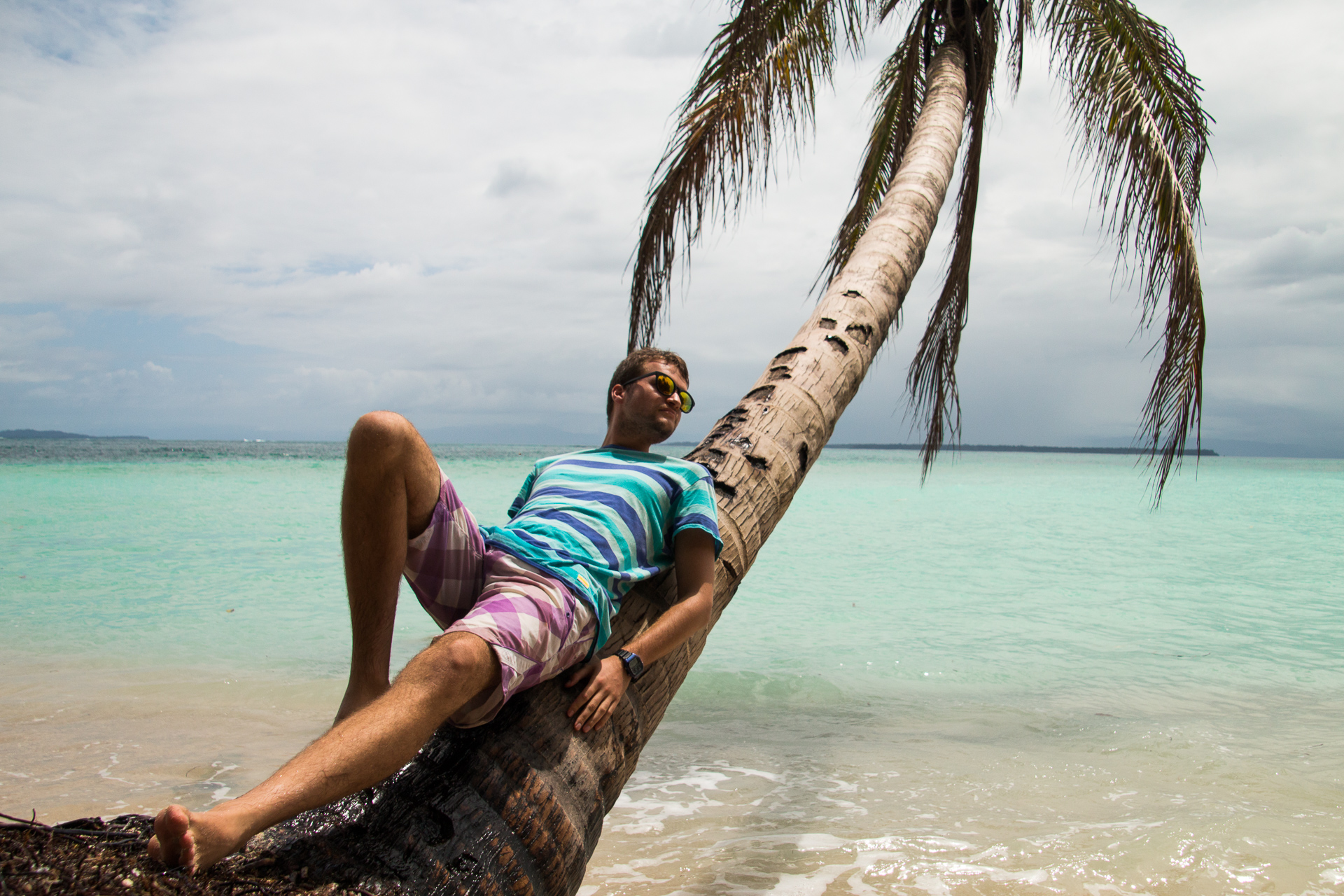

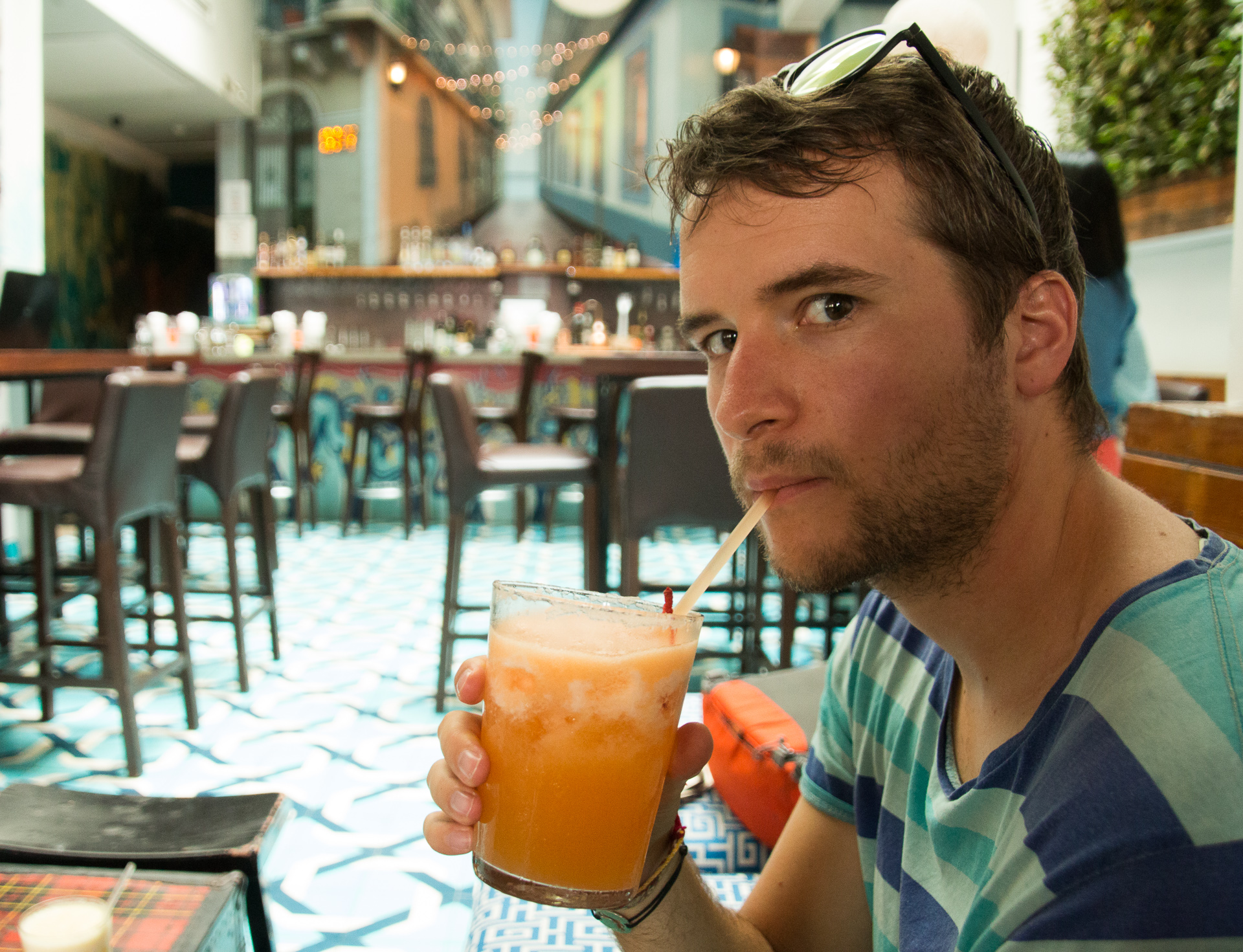
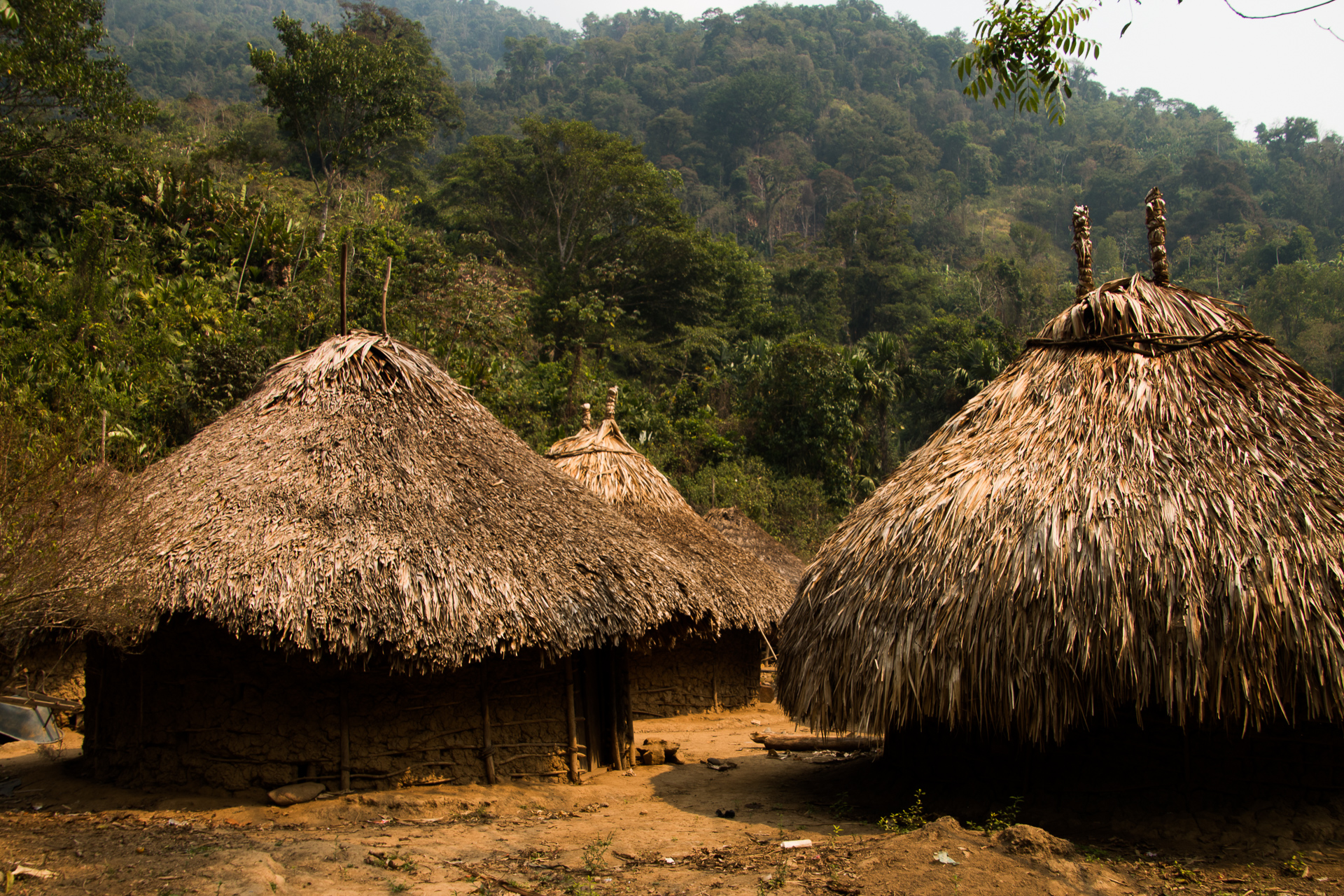
 So it's hard to say how much of their tradition is still really alive. Along the way we heard about other Kogis communities living higher in the mountains, that are isolated from the foreign money and culture but since we haven't seen them, we can't judge.
So it's hard to say how much of their tradition is still really alive. Along the way we heard about other Kogis communities living higher in the mountains, that are isolated from the foreign money and culture but since we haven't seen them, we can't judge. The ruins were just breathtaking!! Huge, stone constructions, arising from the jungle. I can imagine it was hidden and forgotten for so many years. And the mystical atmosphere surrounding it. We could hear the birds and the nature was truly singing. We were not alone but the few people that were there got spread through the ruins and disappeared between the terraces. Just us, the ruins, nature and... a few young soldiers with huge guns. Good that it's all safe now because if someone would like to kidnap us (and it happened already in 2003 with a group of tourists and their guide) I don't know if those tiny boys with big guns would know what to do actually.
The ruins were just breathtaking!! Huge, stone constructions, arising from the jungle. I can imagine it was hidden and forgotten for so many years. And the mystical atmosphere surrounding it. We could hear the birds and the nature was truly singing. We were not alone but the few people that were there got spread through the ruins and disappeared between the terraces. Just us, the ruins, nature and... a few young soldiers with huge guns. Good that it's all safe now because if someone would like to kidnap us (and it happened already in 2003 with a group of tourists and their guide) I don't know if those tiny boys with big guns would know what to do actually.